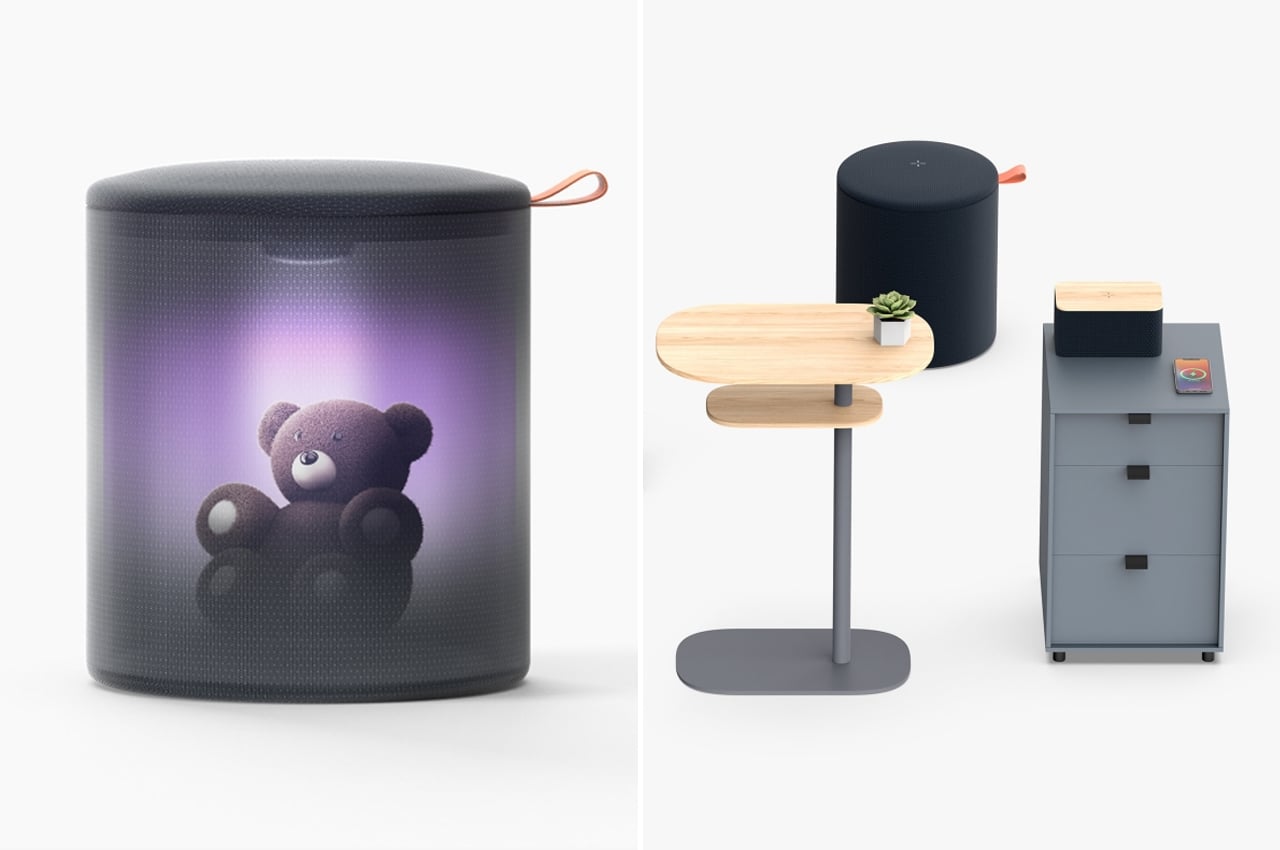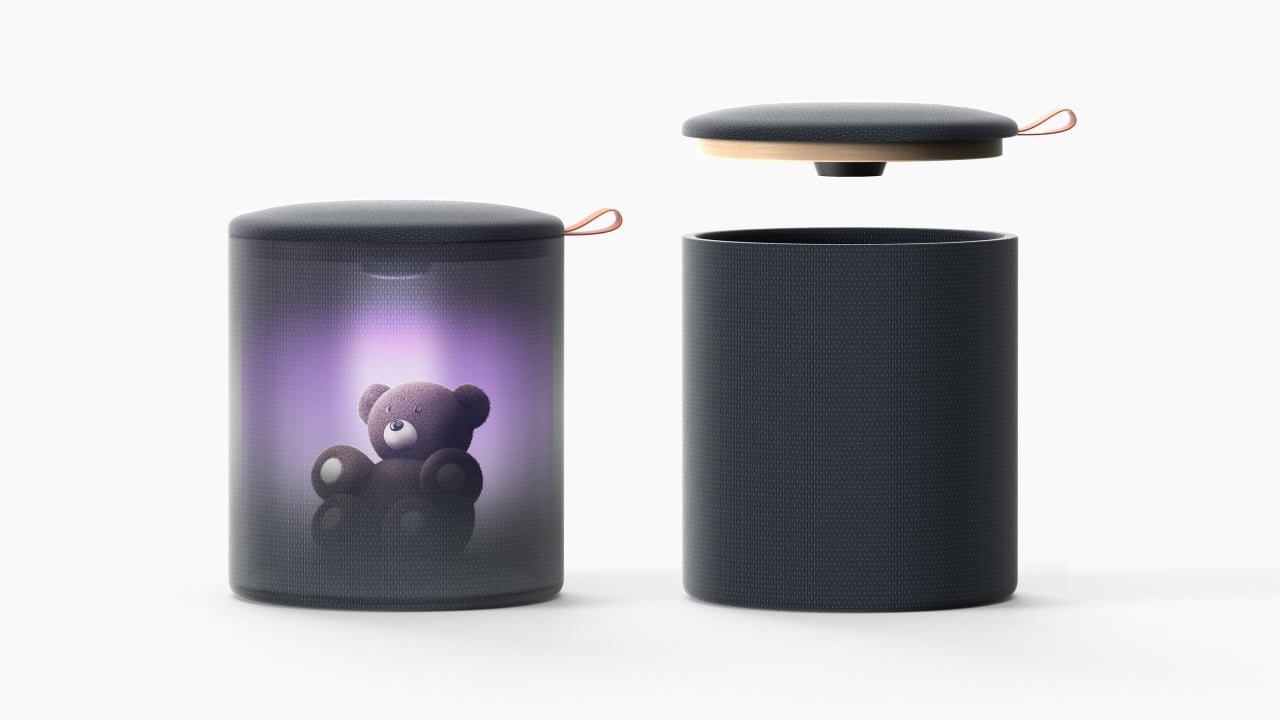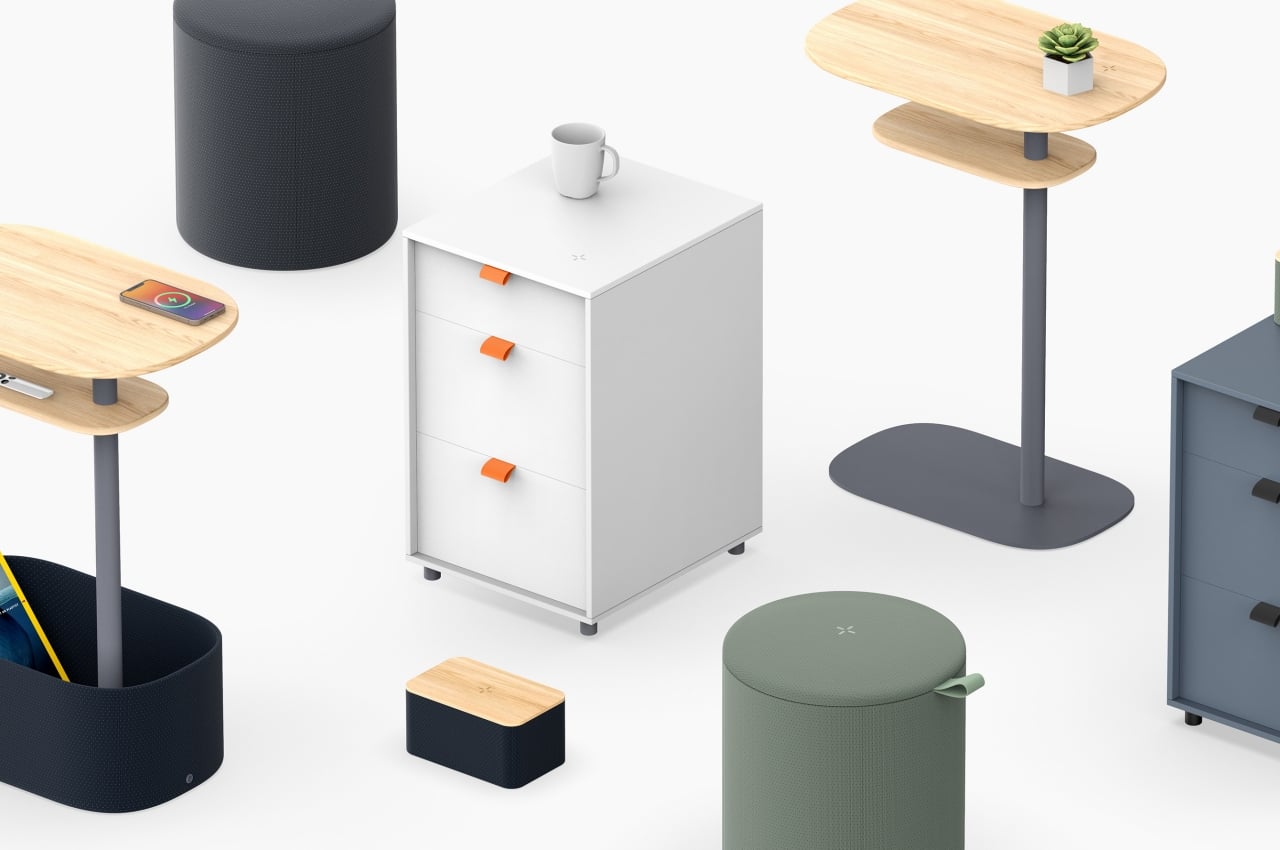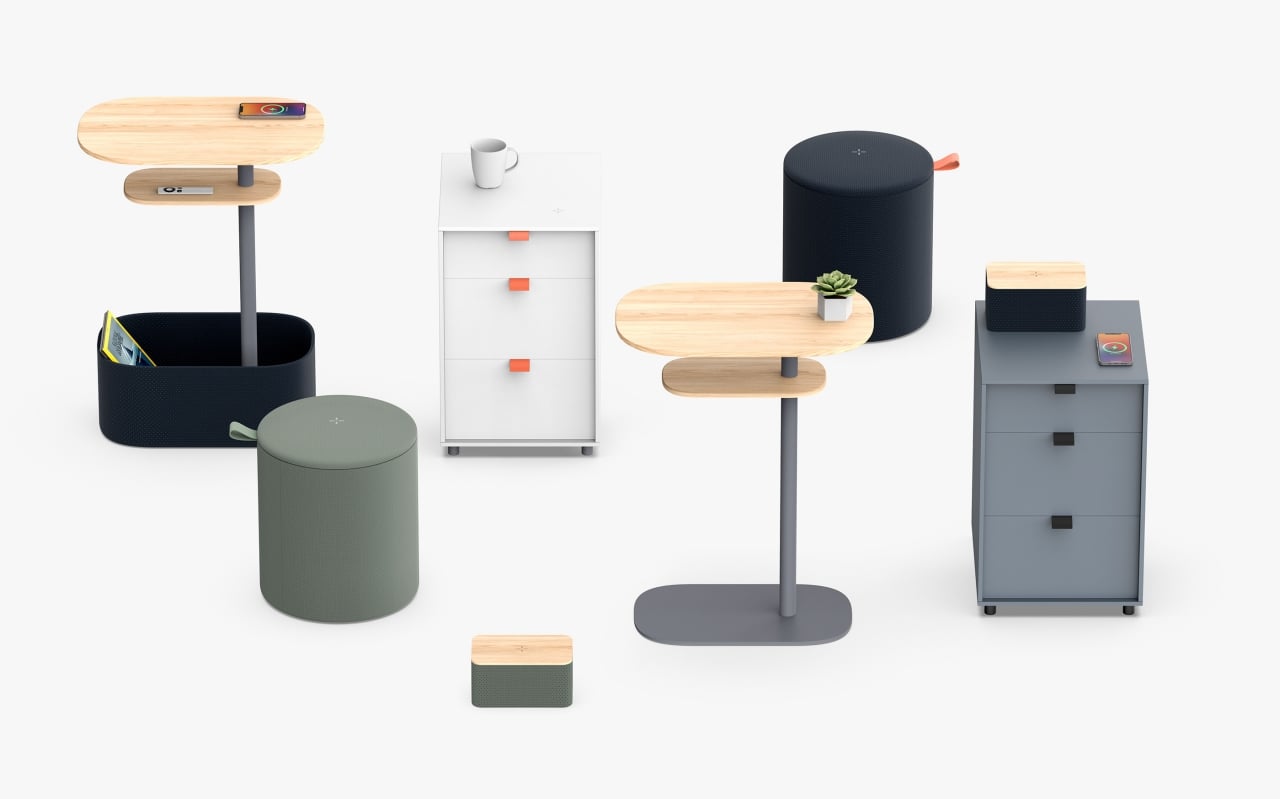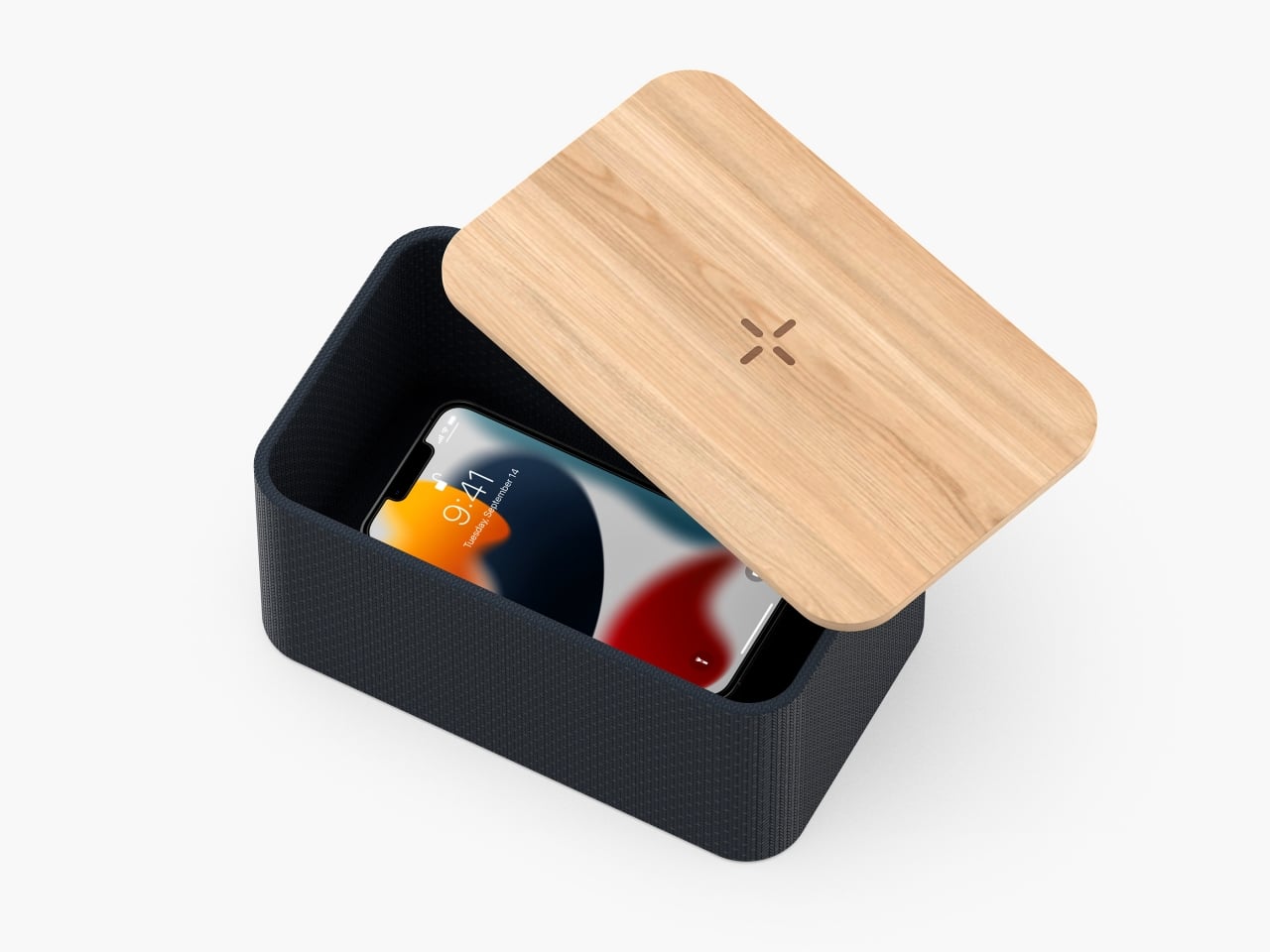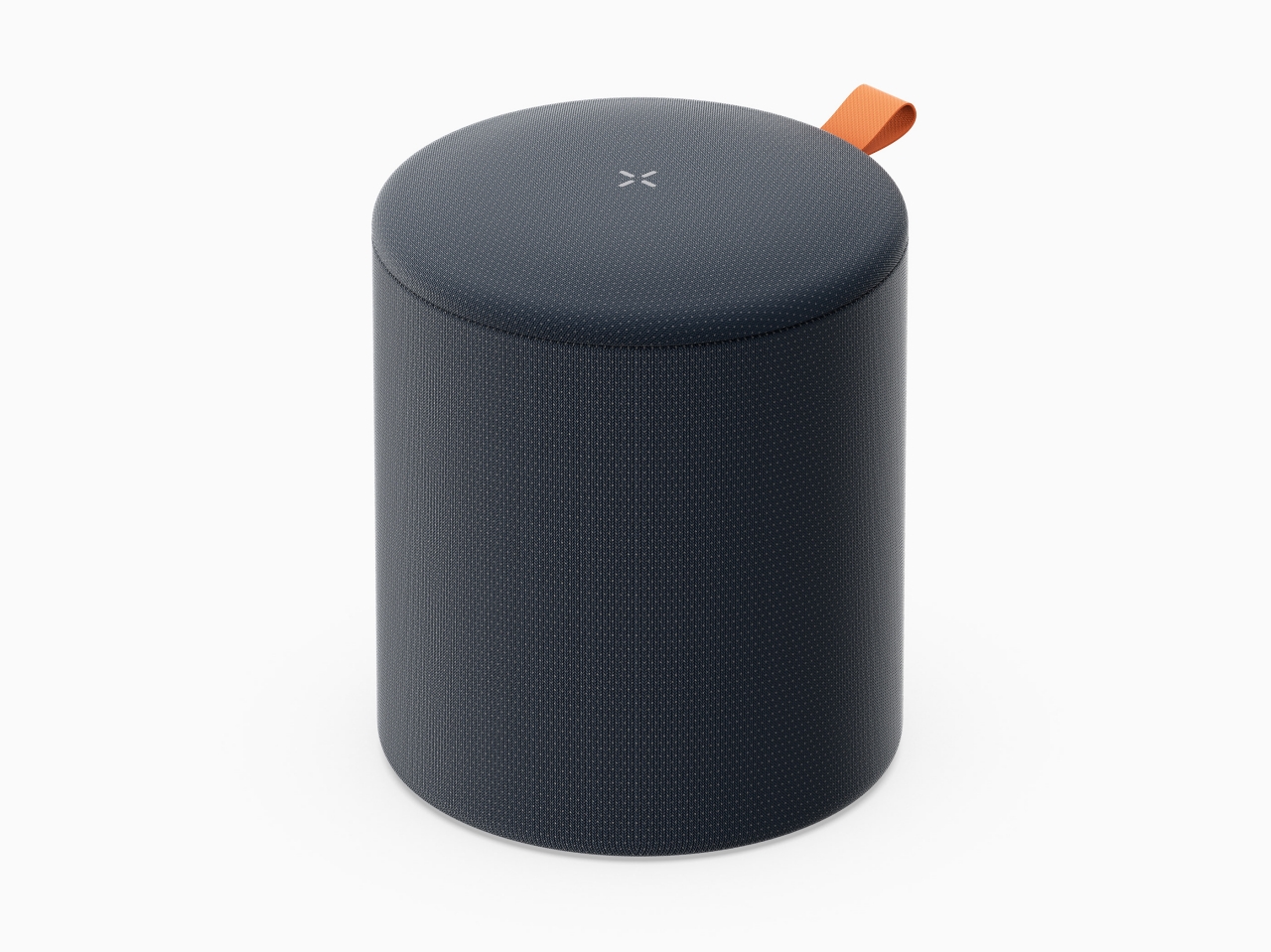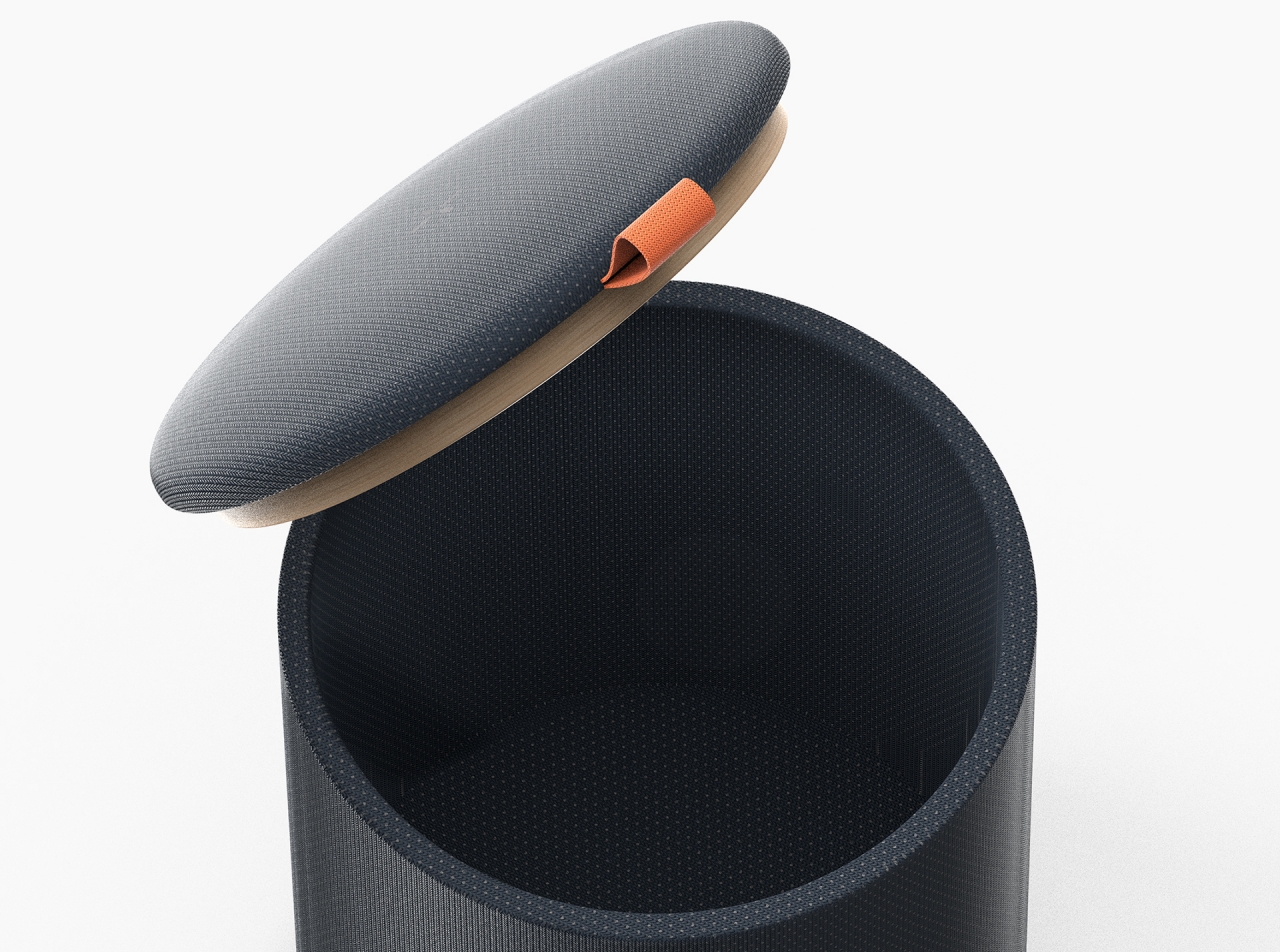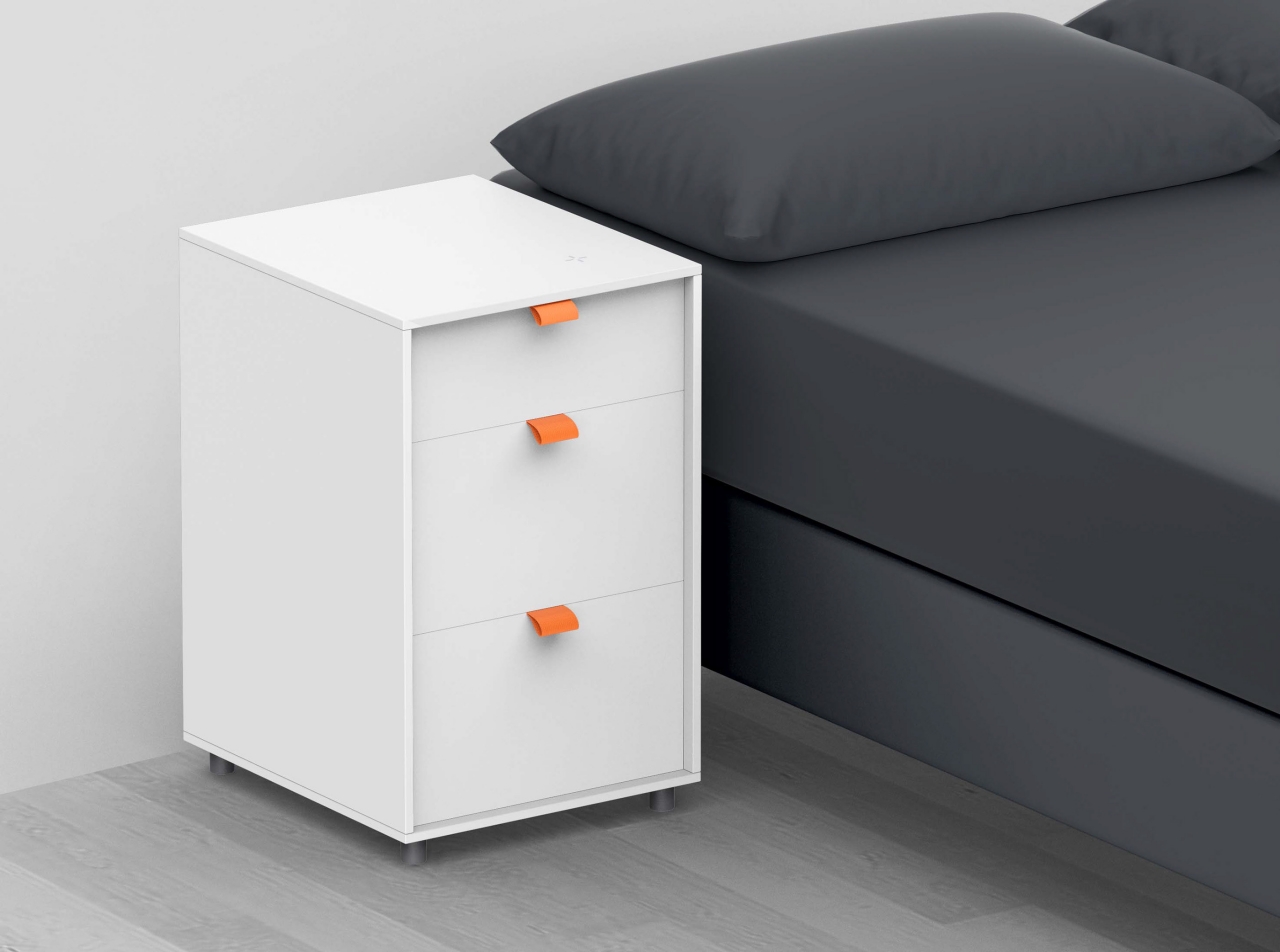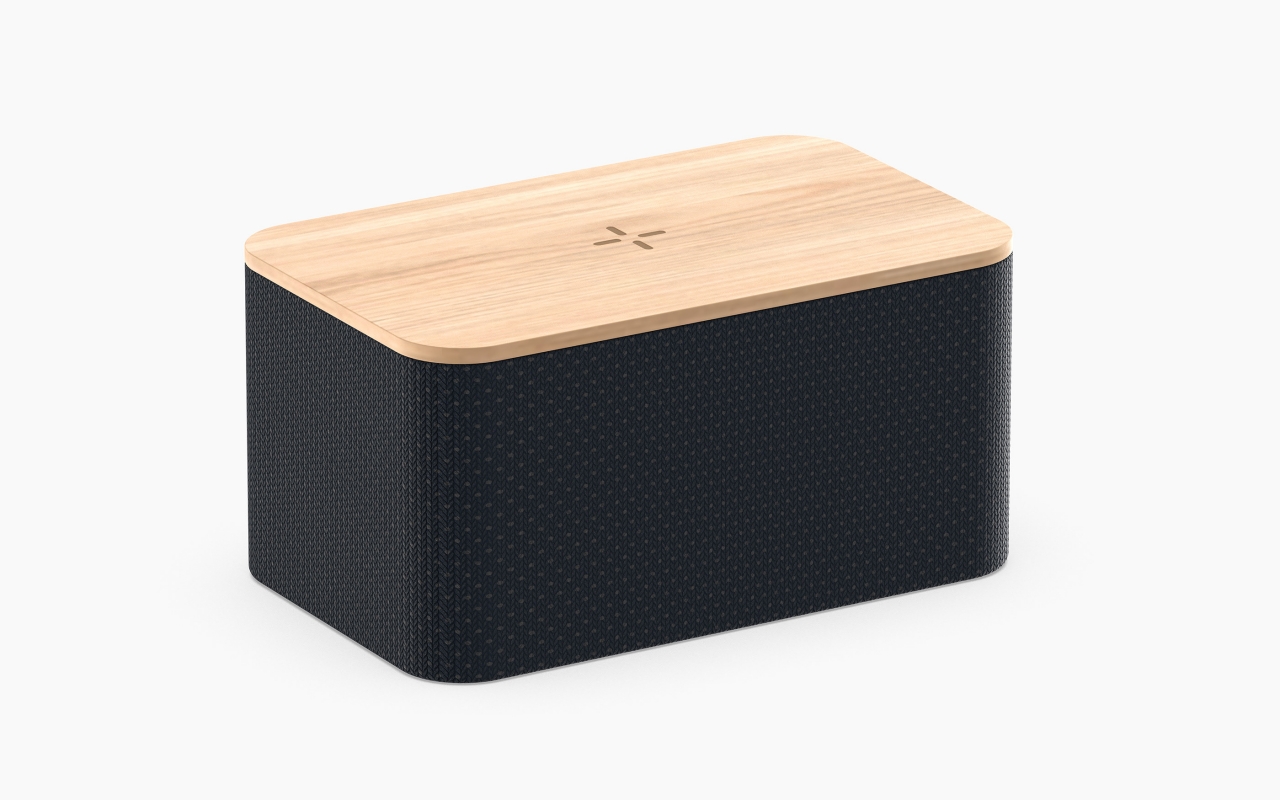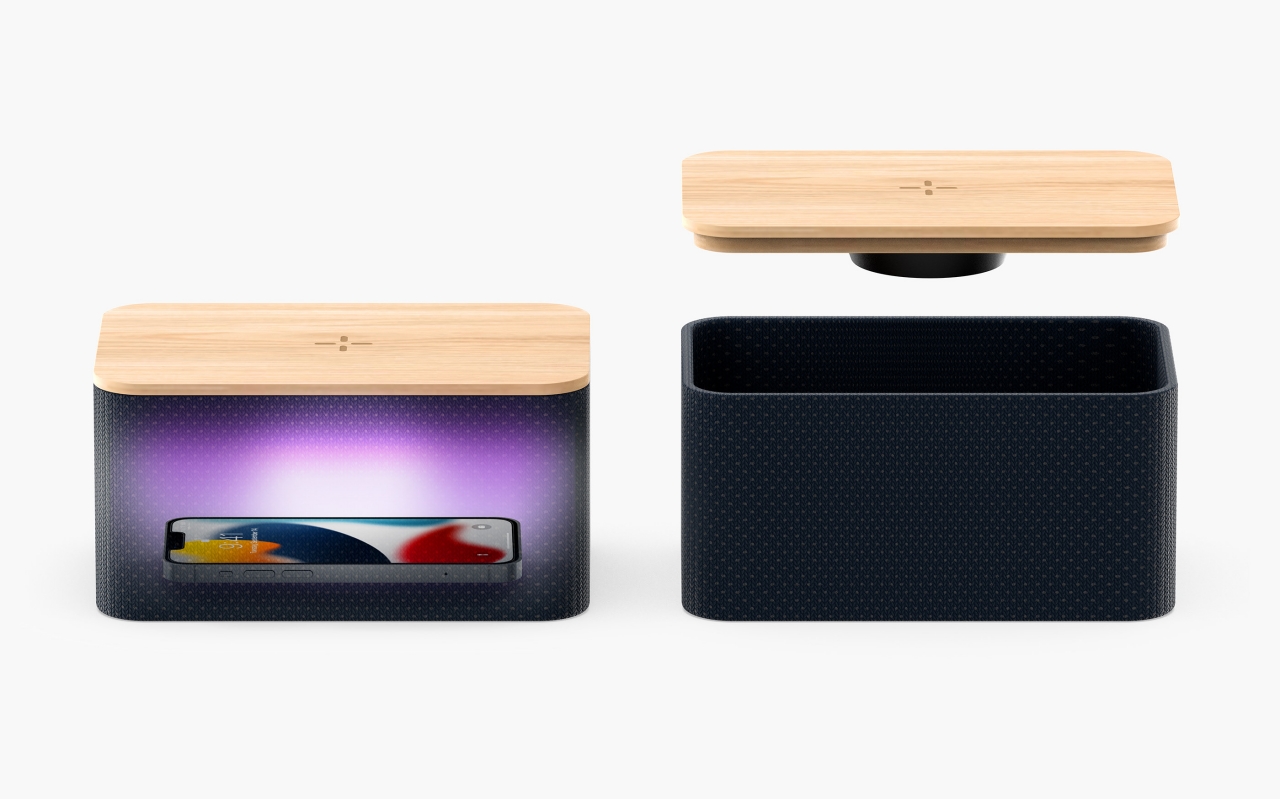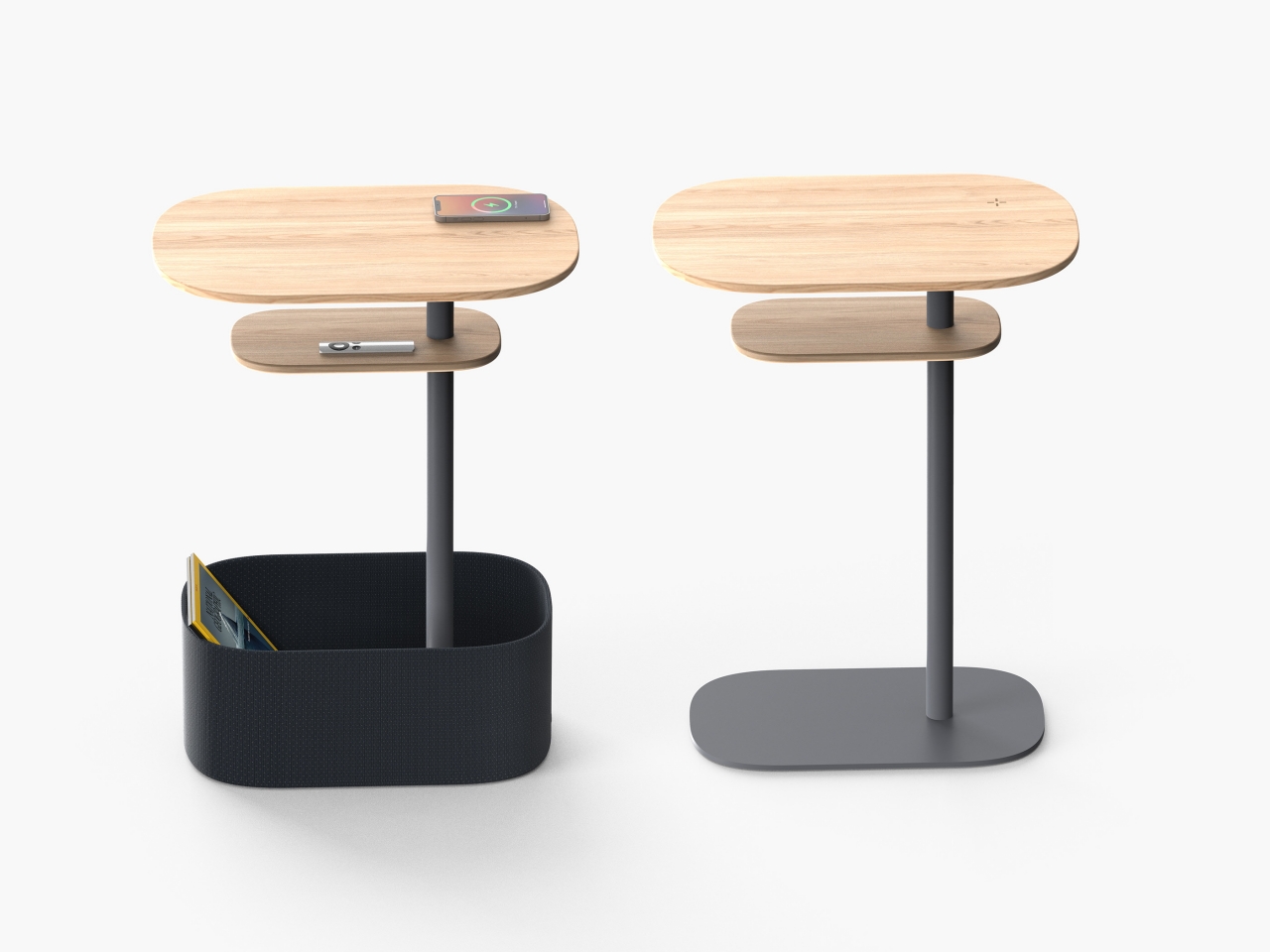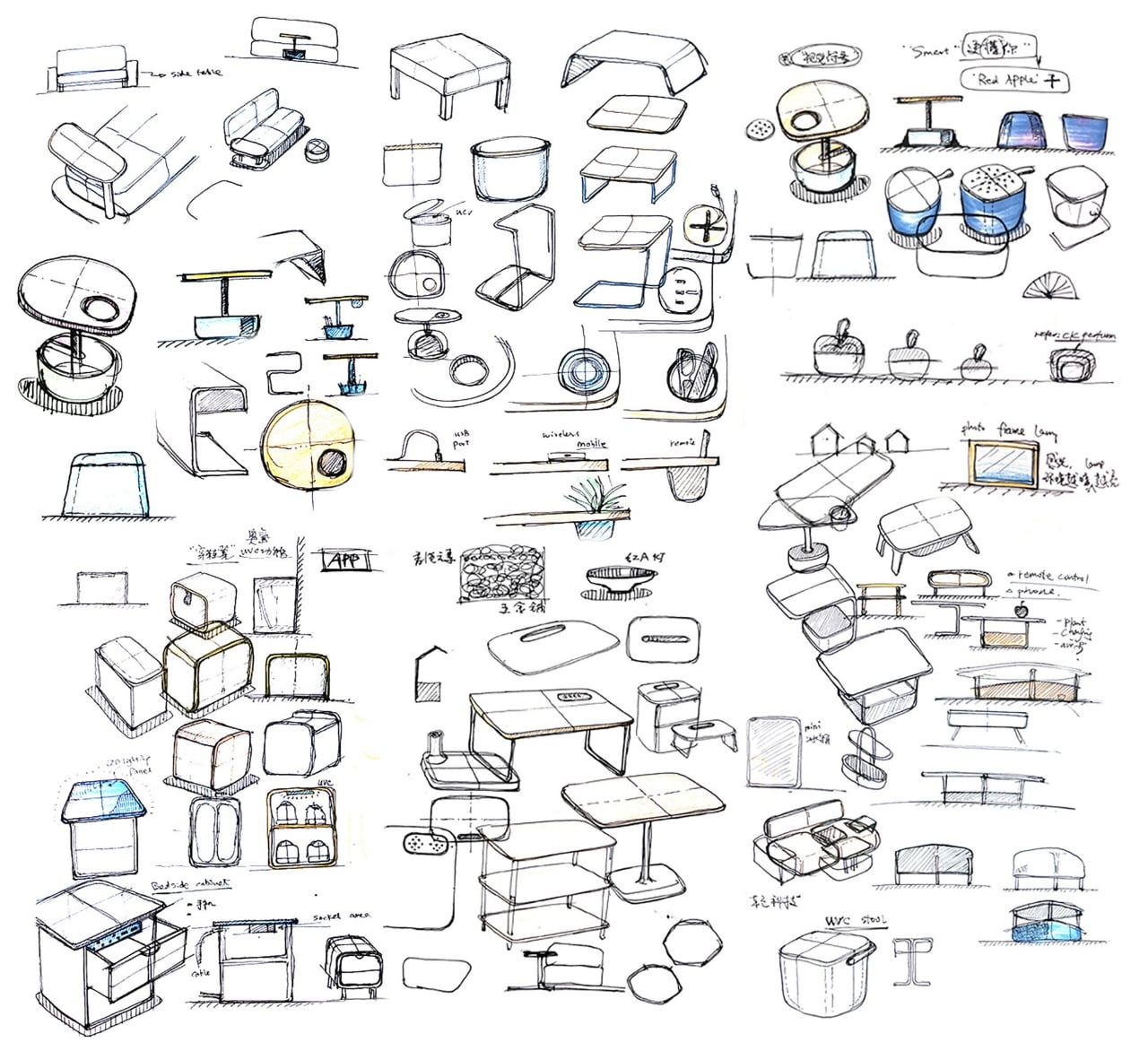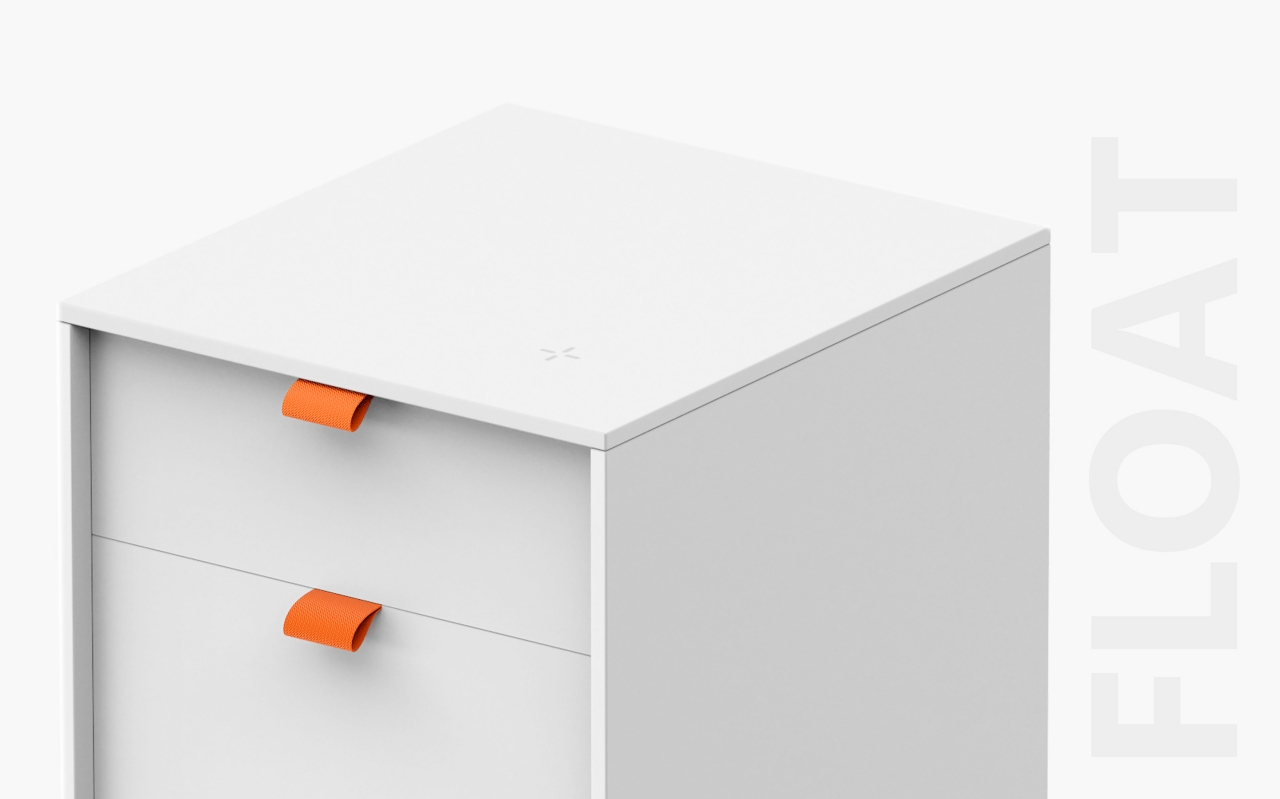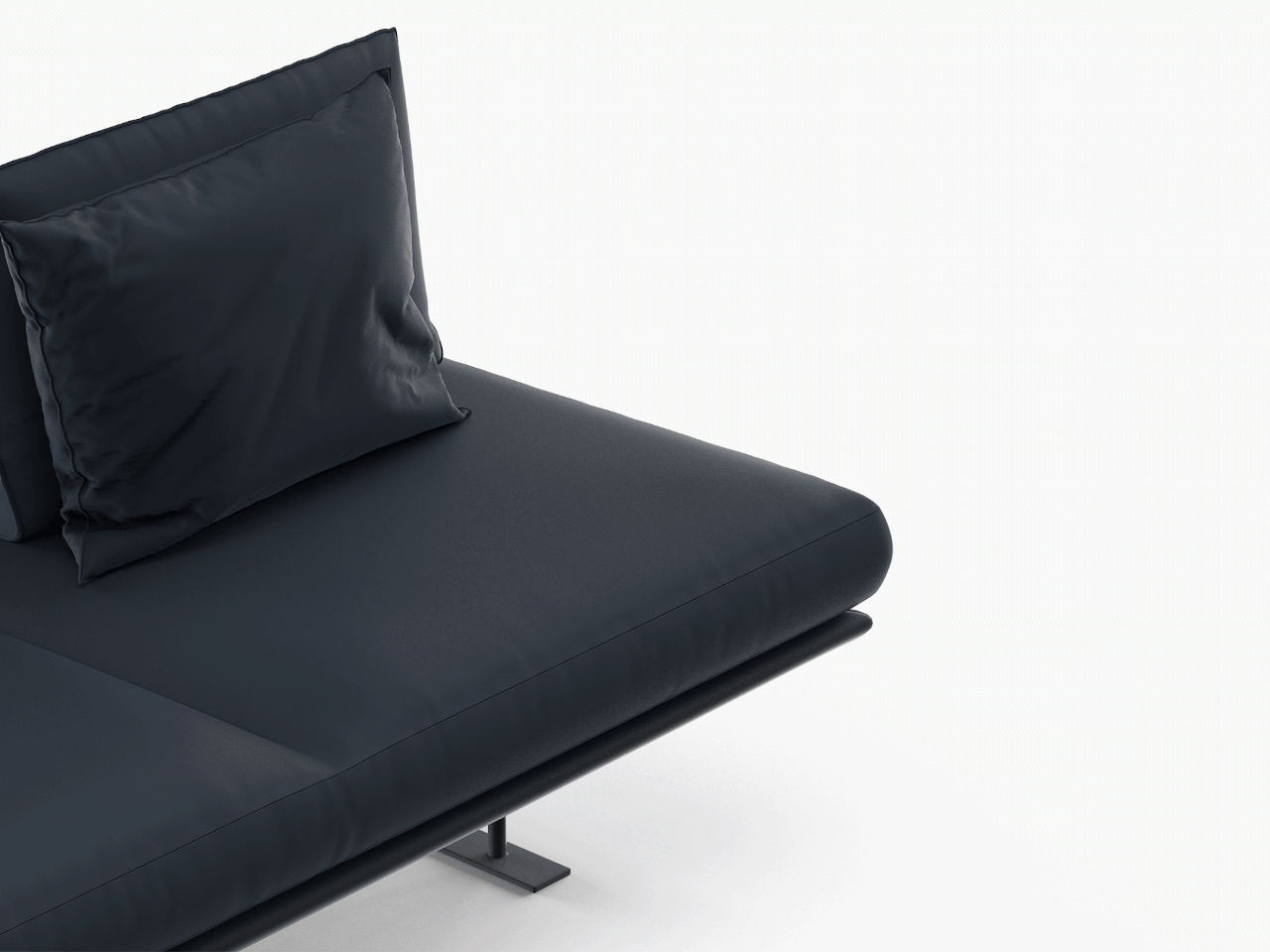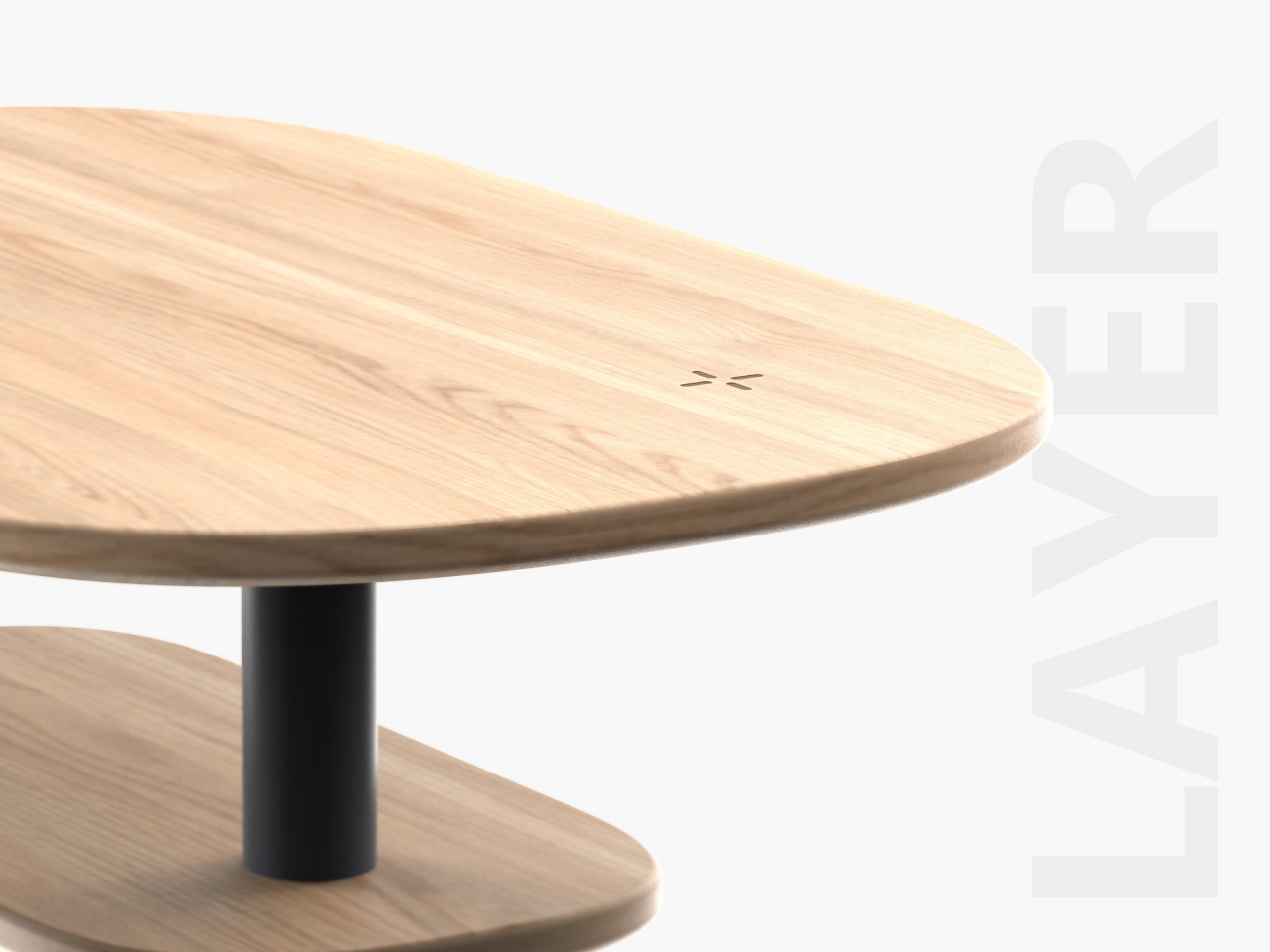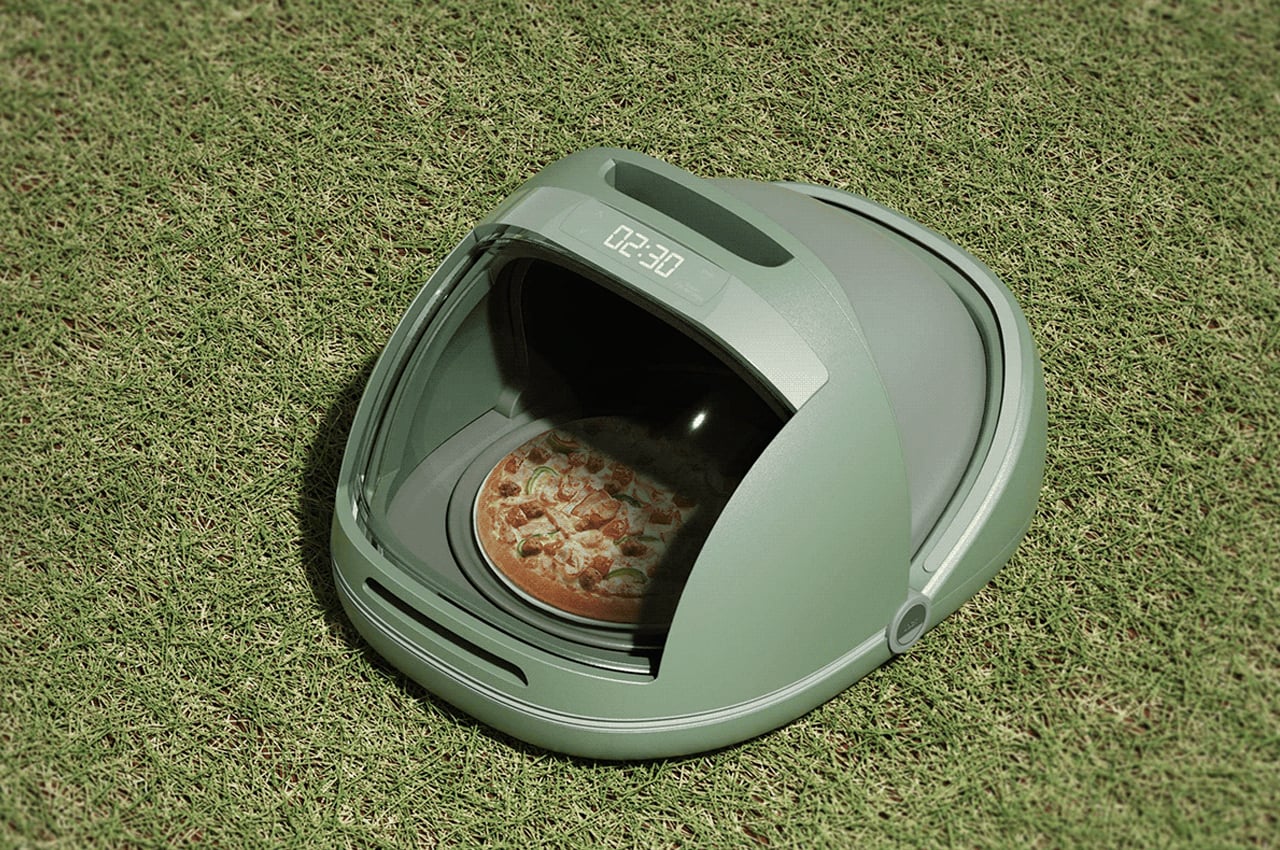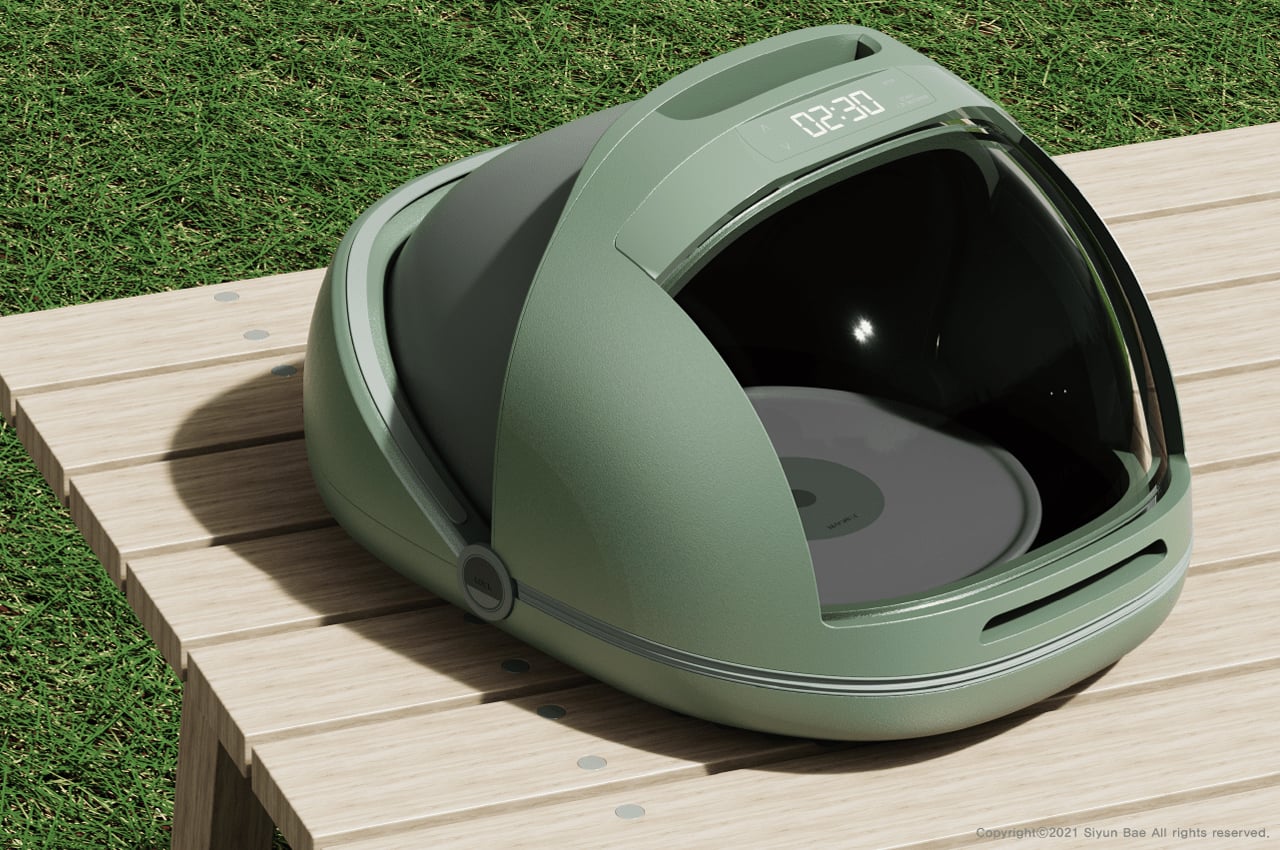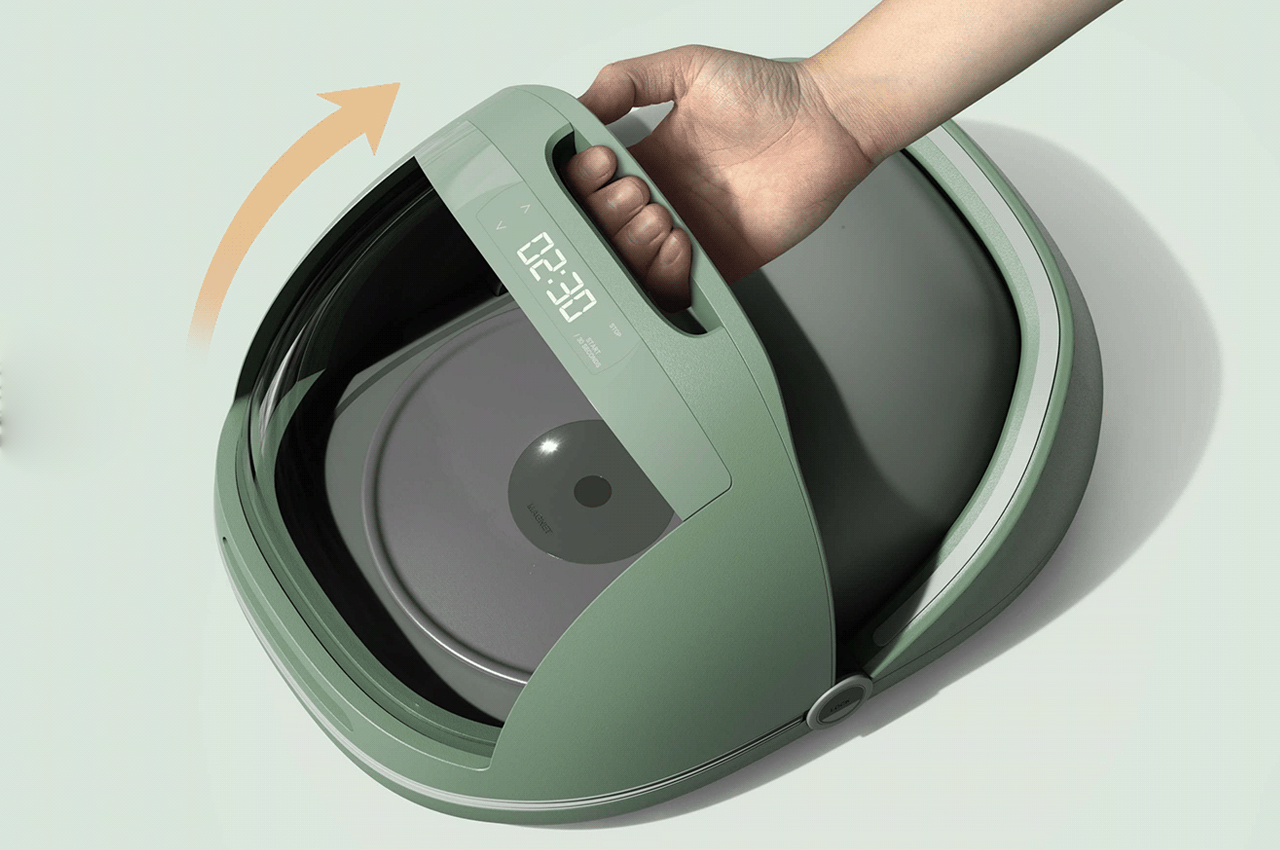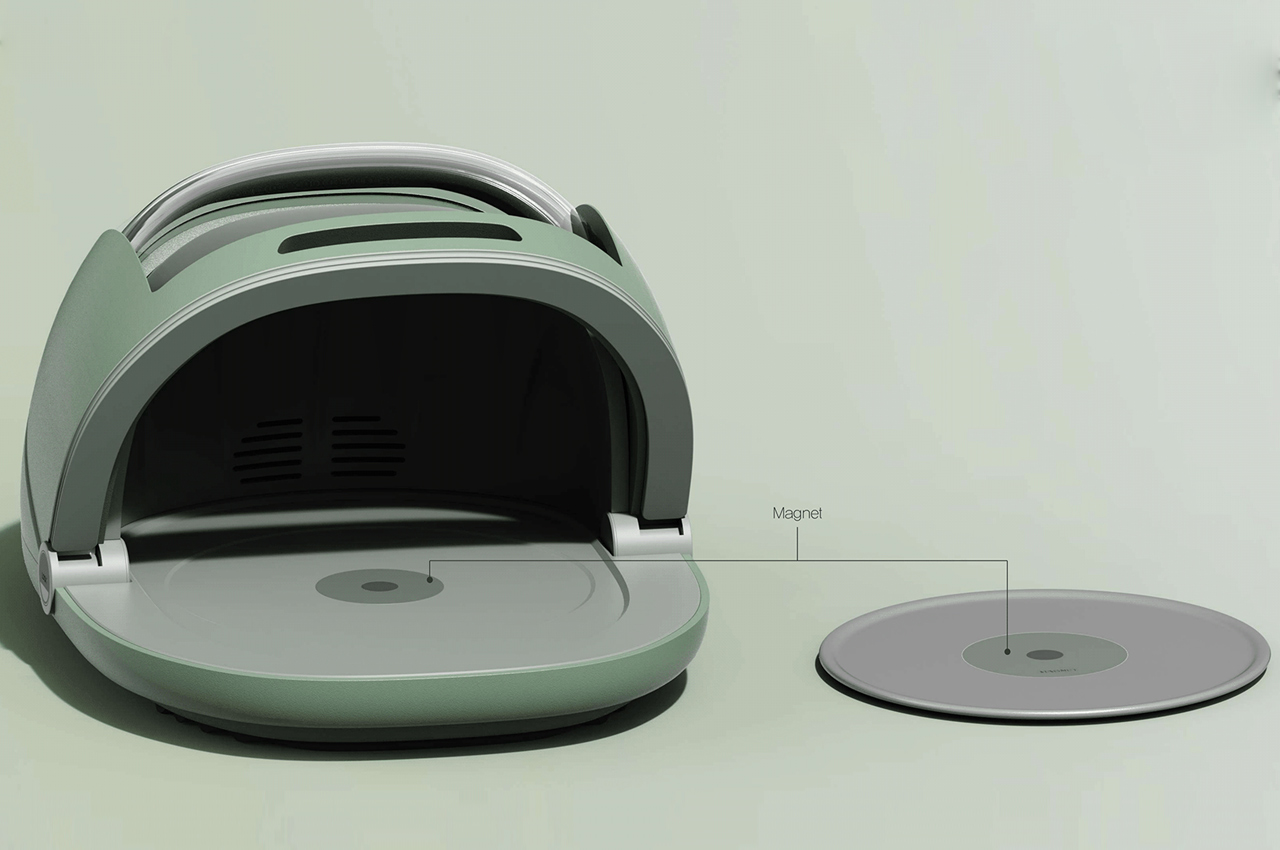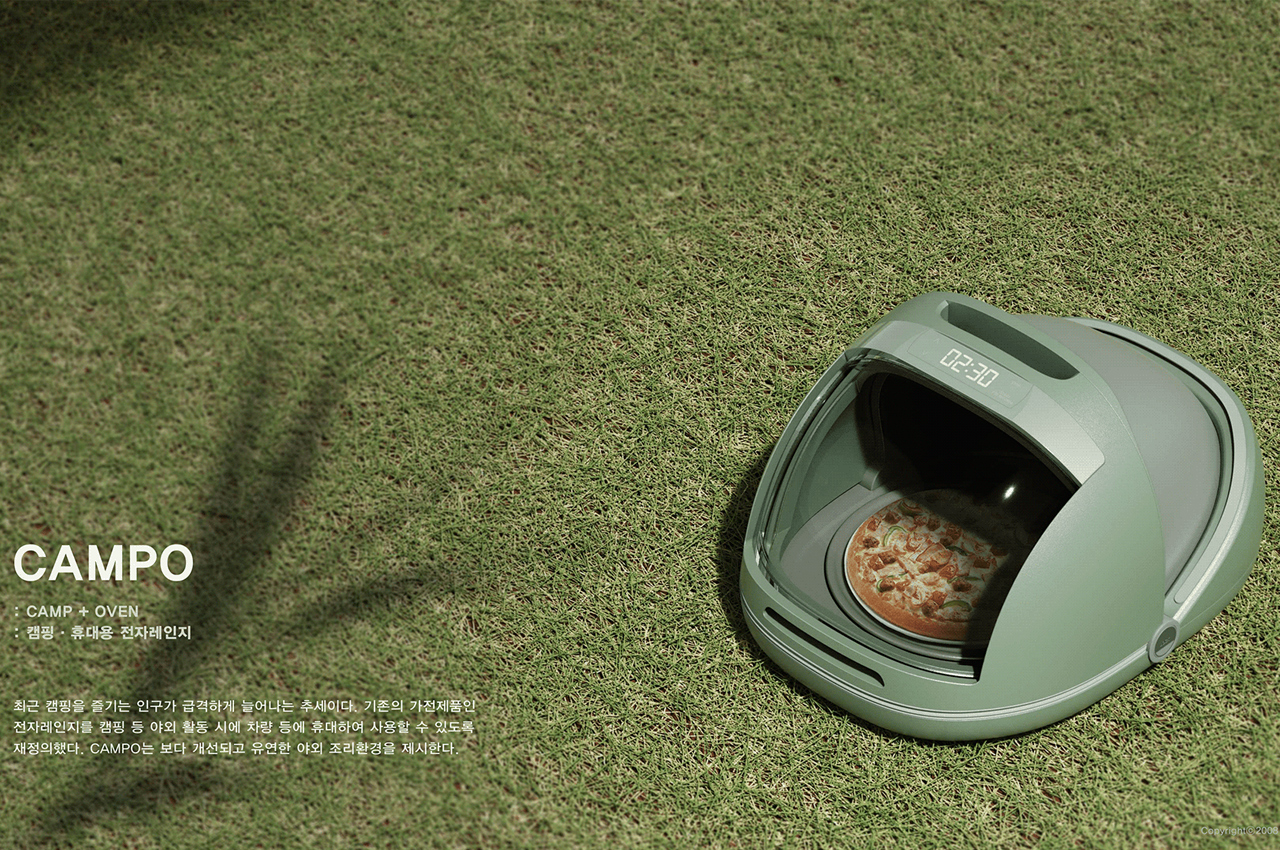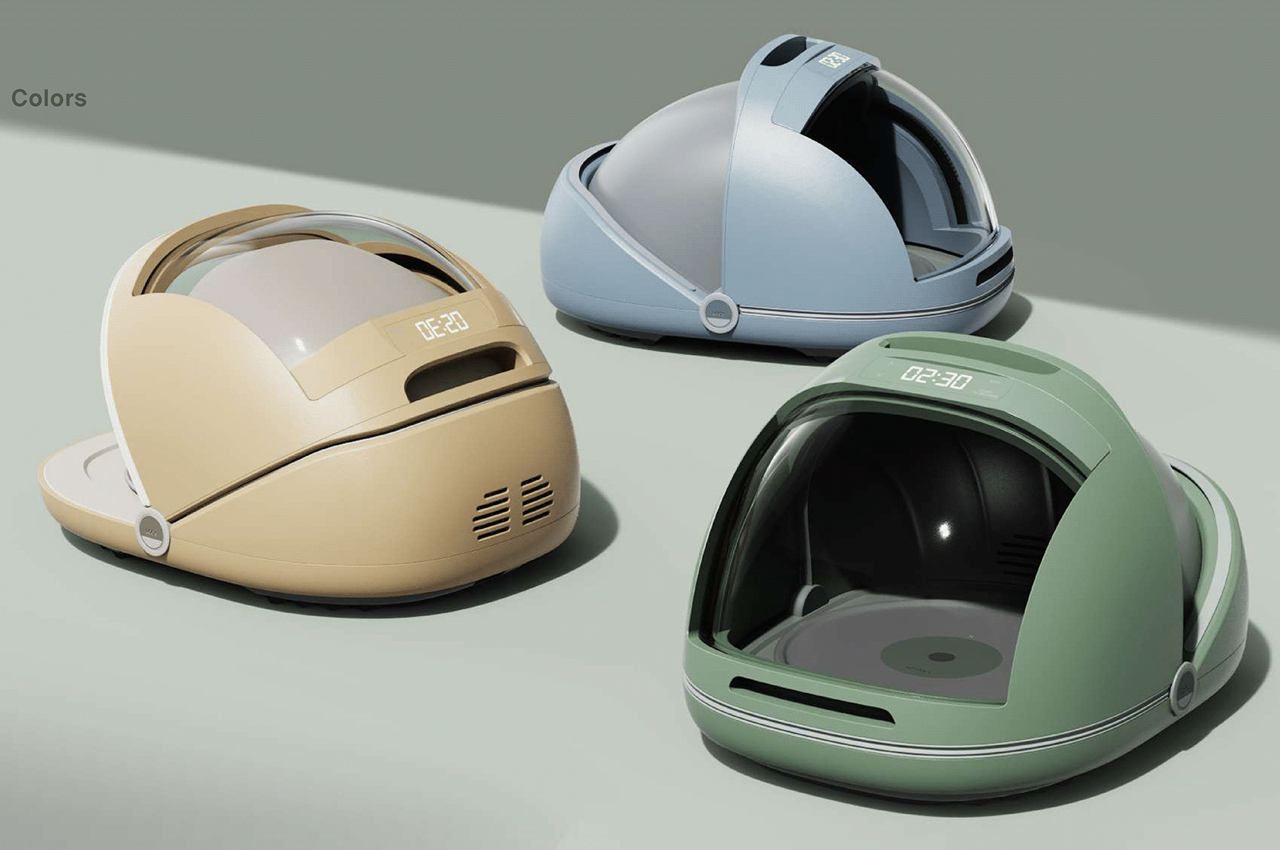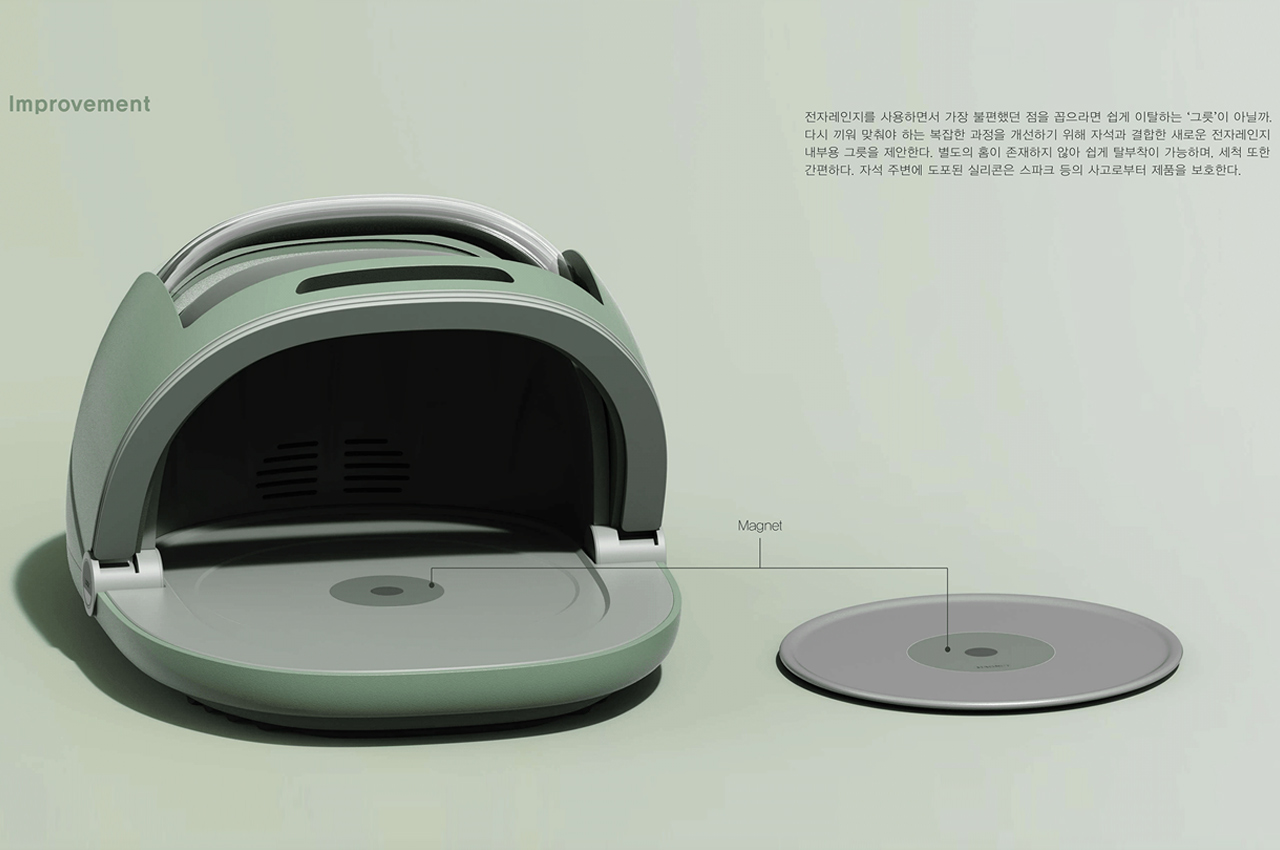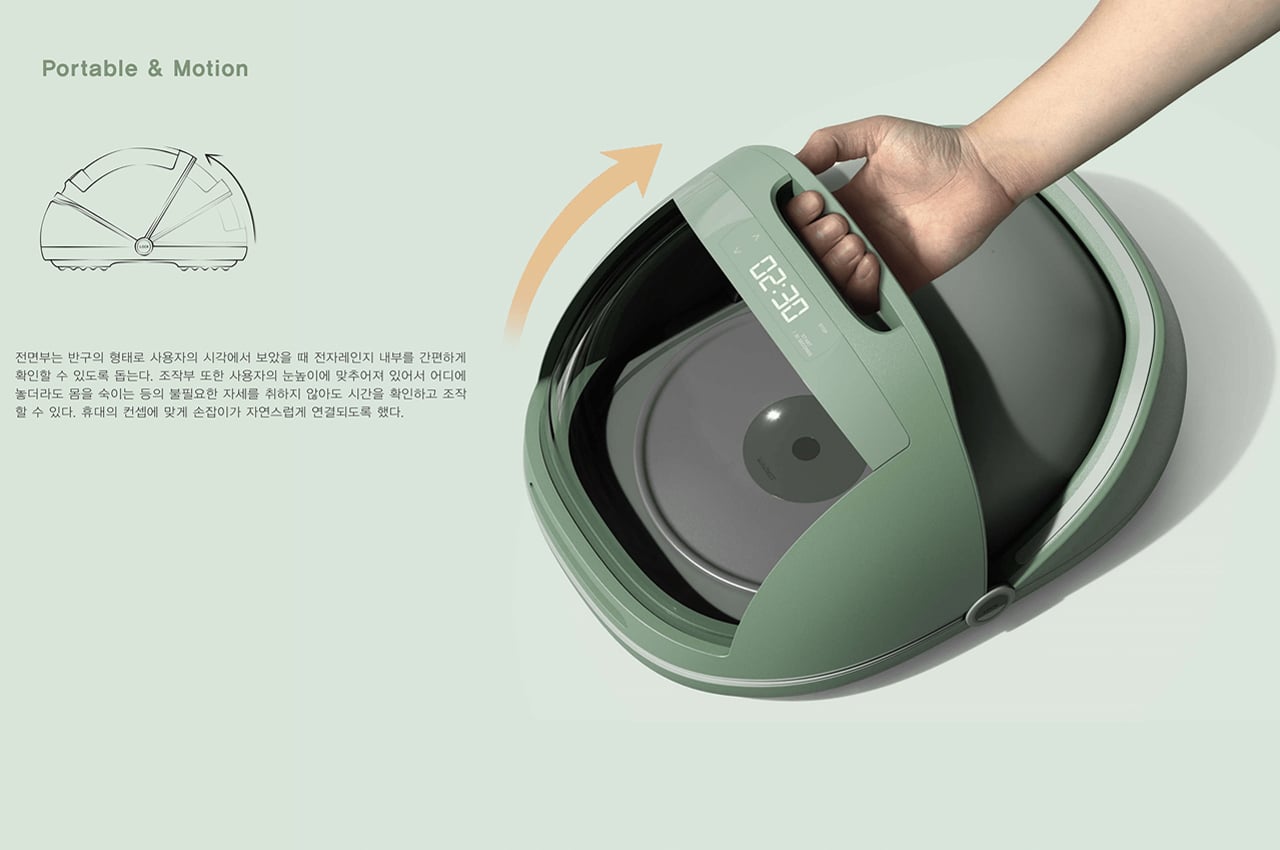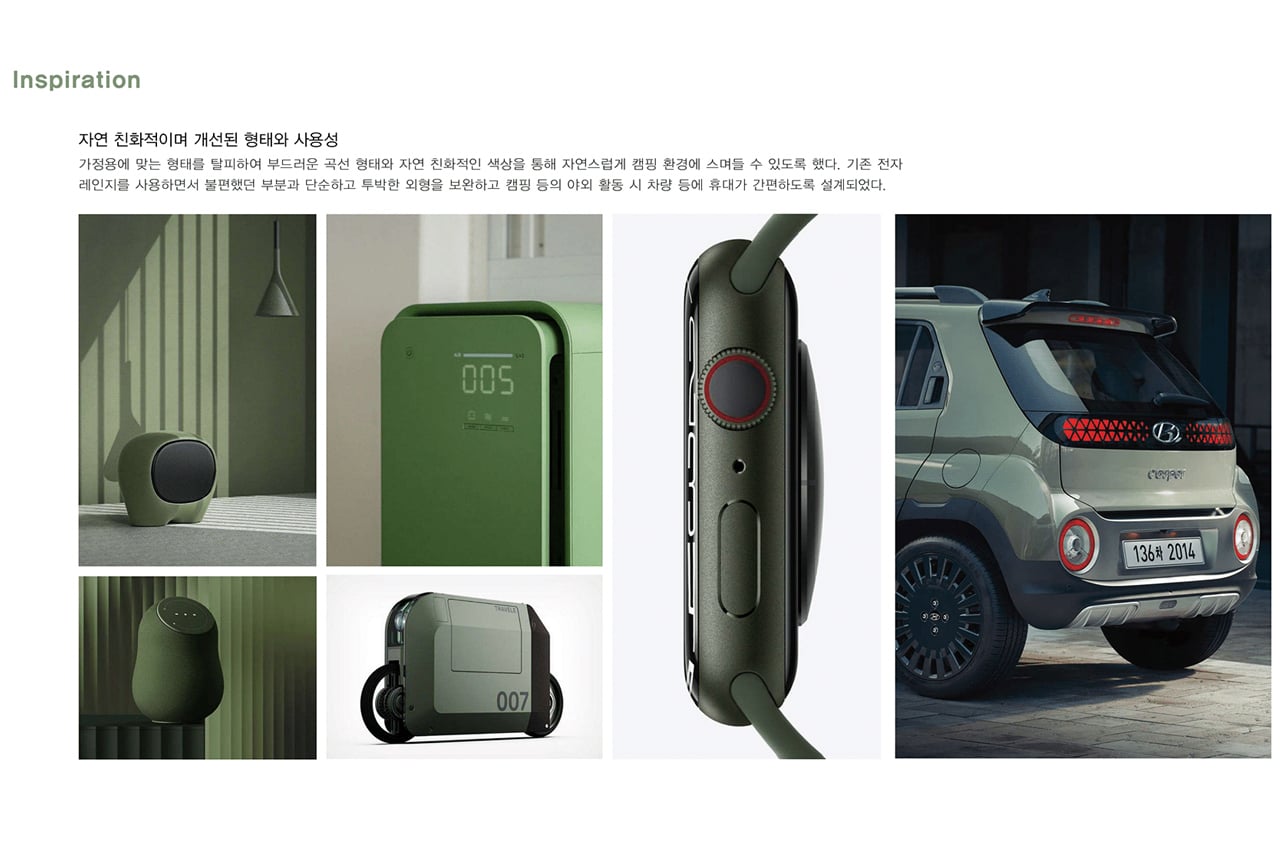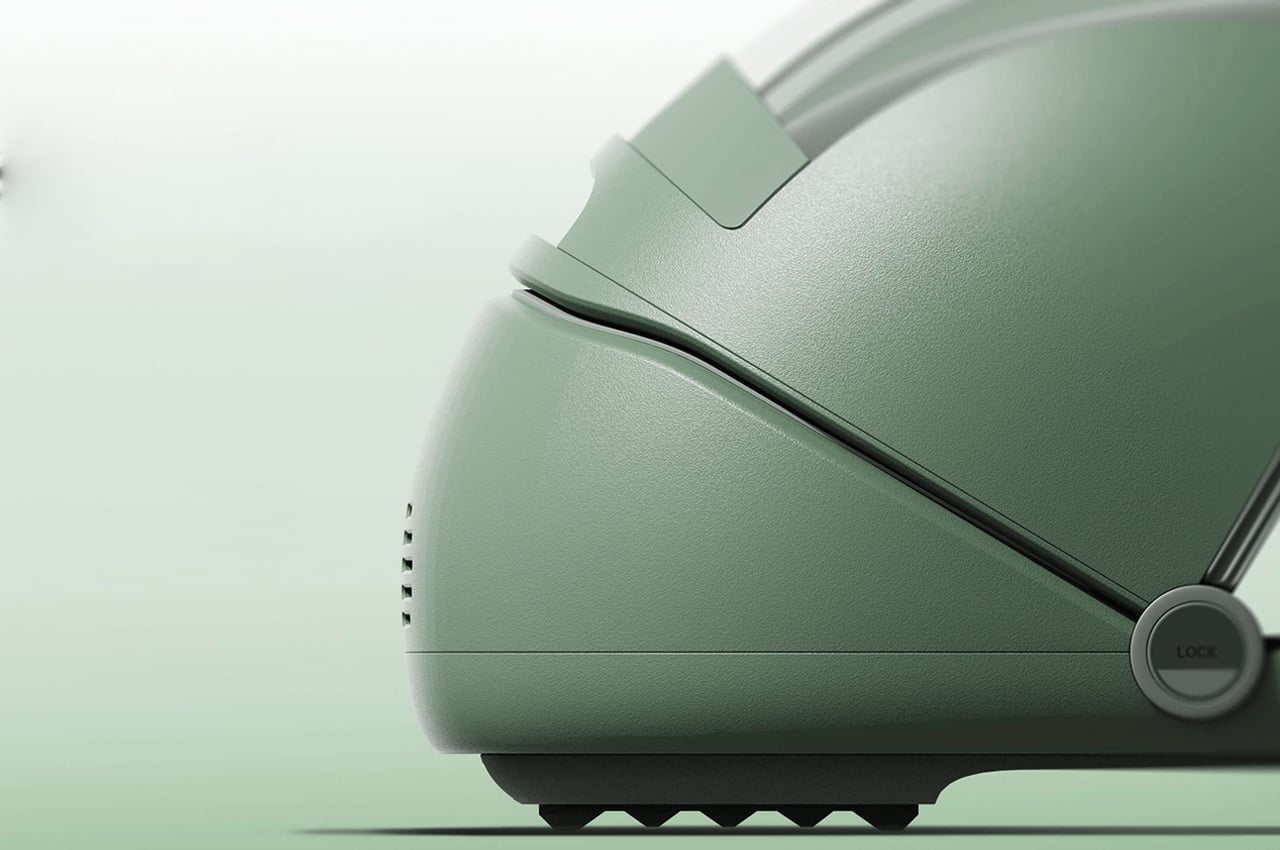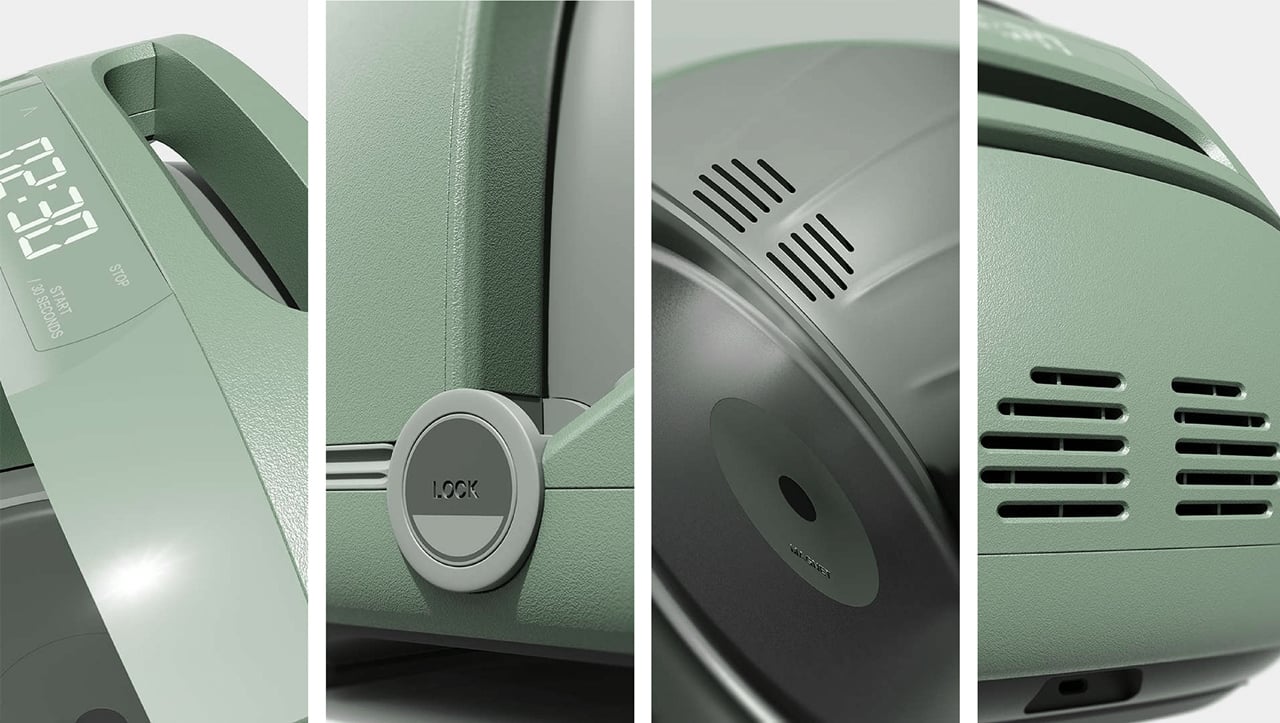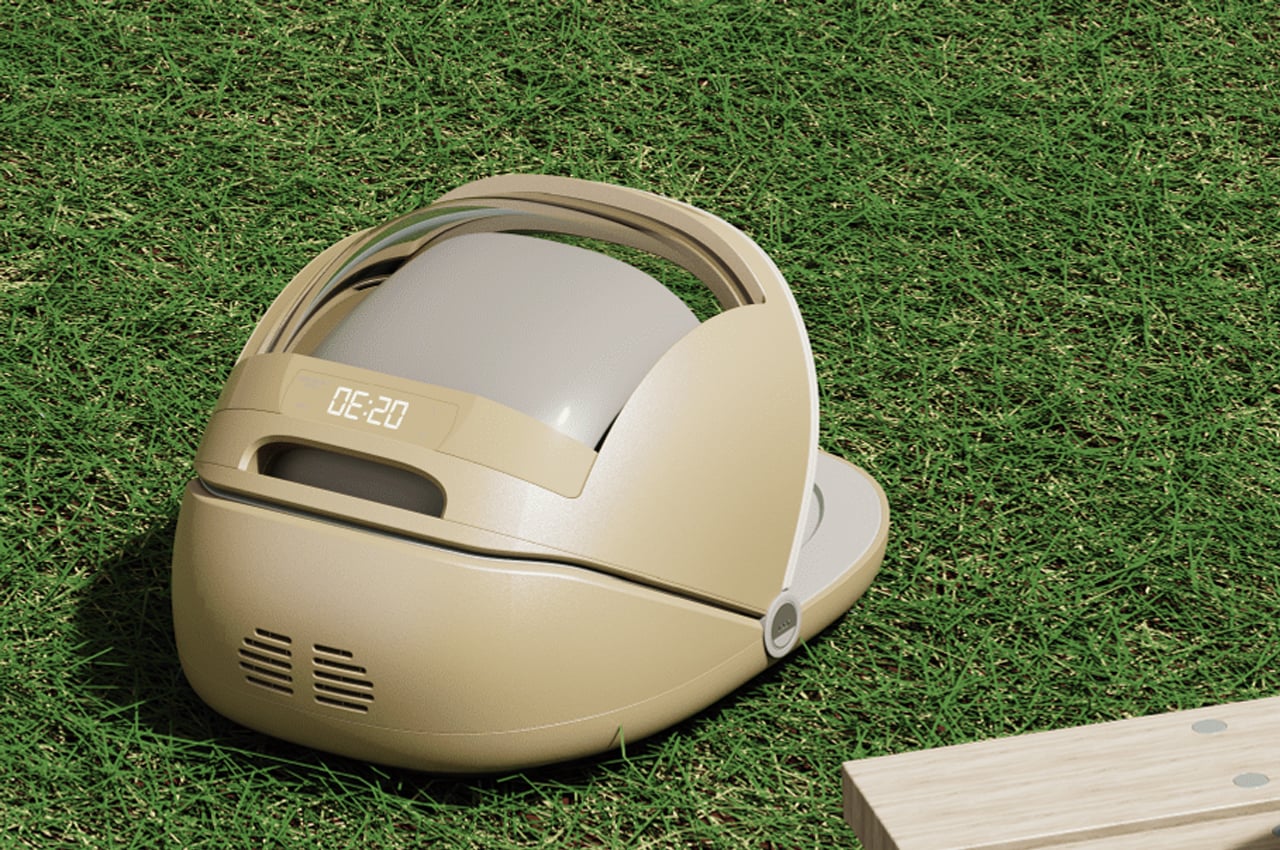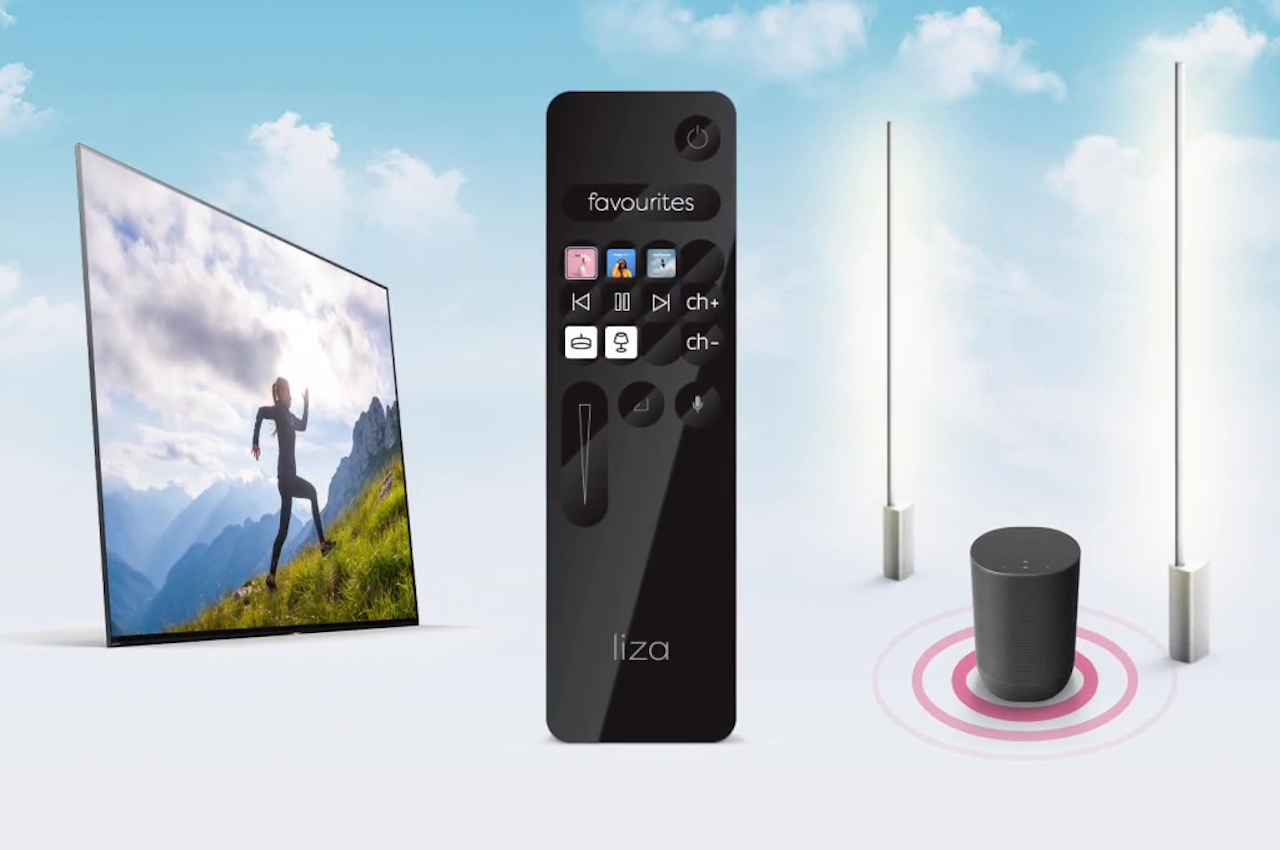
This ingenious remote control almost solves all the hangups people have with complicated remote and flat smartphones while giving your finger an almost familiar sensation.
Smart home products are invading our houses, be it in the living room or in our personal sanctuaries. From lights to speakers to TVs to even ovens, almost anything can be controlled with a smartphone these days. That’s not always the most convenient way to control all these devices, even when they’re located in a single place. A dedicated remote control can free your phone for other uses, and this configurable device could be the only one your fingers will ever need.
Designer: Ruwido
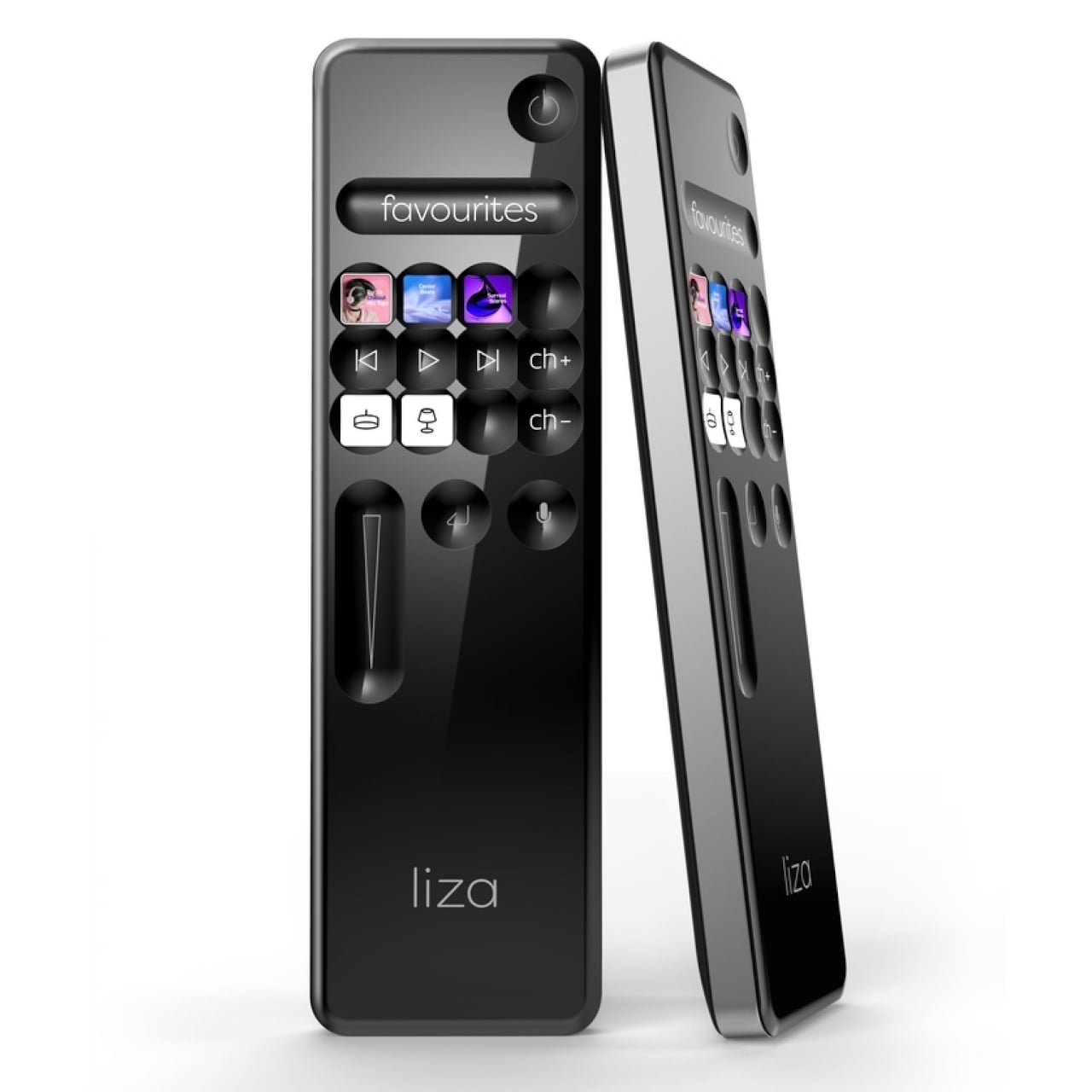
Traditional TV remotes are often considered to be the bane of usability and simplicity with their dozens of buttons, but few would deny the benefits that tactile and haptic feedback has on our minds, especially when it comes to developing muscle memory. Some smart TV remotes have ditched all but the most essential buttons but at the cost of flexibility.
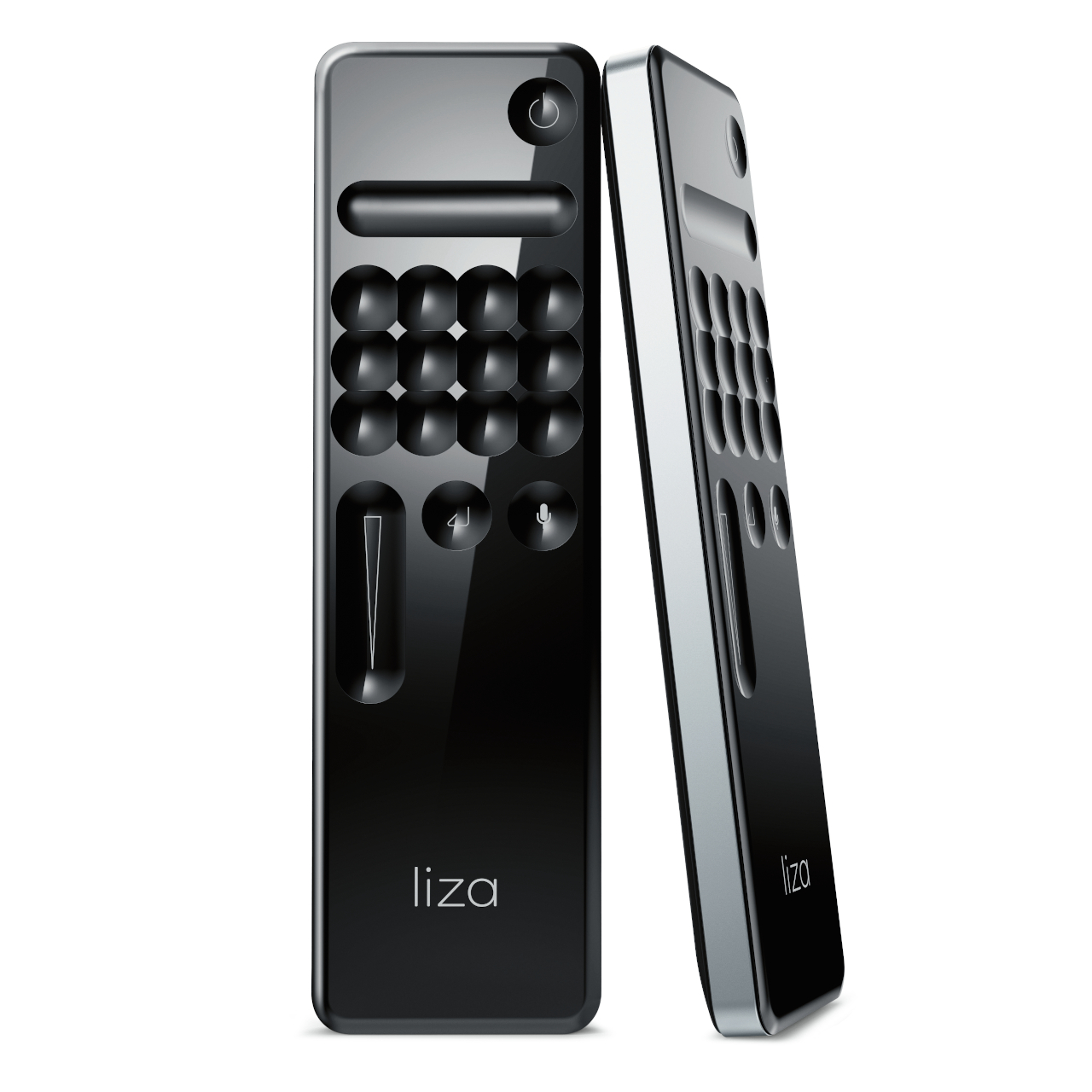
Smartphones seem to offer the best of those two worlds since controls can change at a moment’s notice to control almost any smart device, but it sacrifices the physicality of control in the process. Additionally, using the phone as a remote means not using the phone as a phone, which cuts into the time you might otherwise spend on social media. A dedicated remote is still a better option, and the Ruwido Liza might actually have the perfect blend of all three worlds.
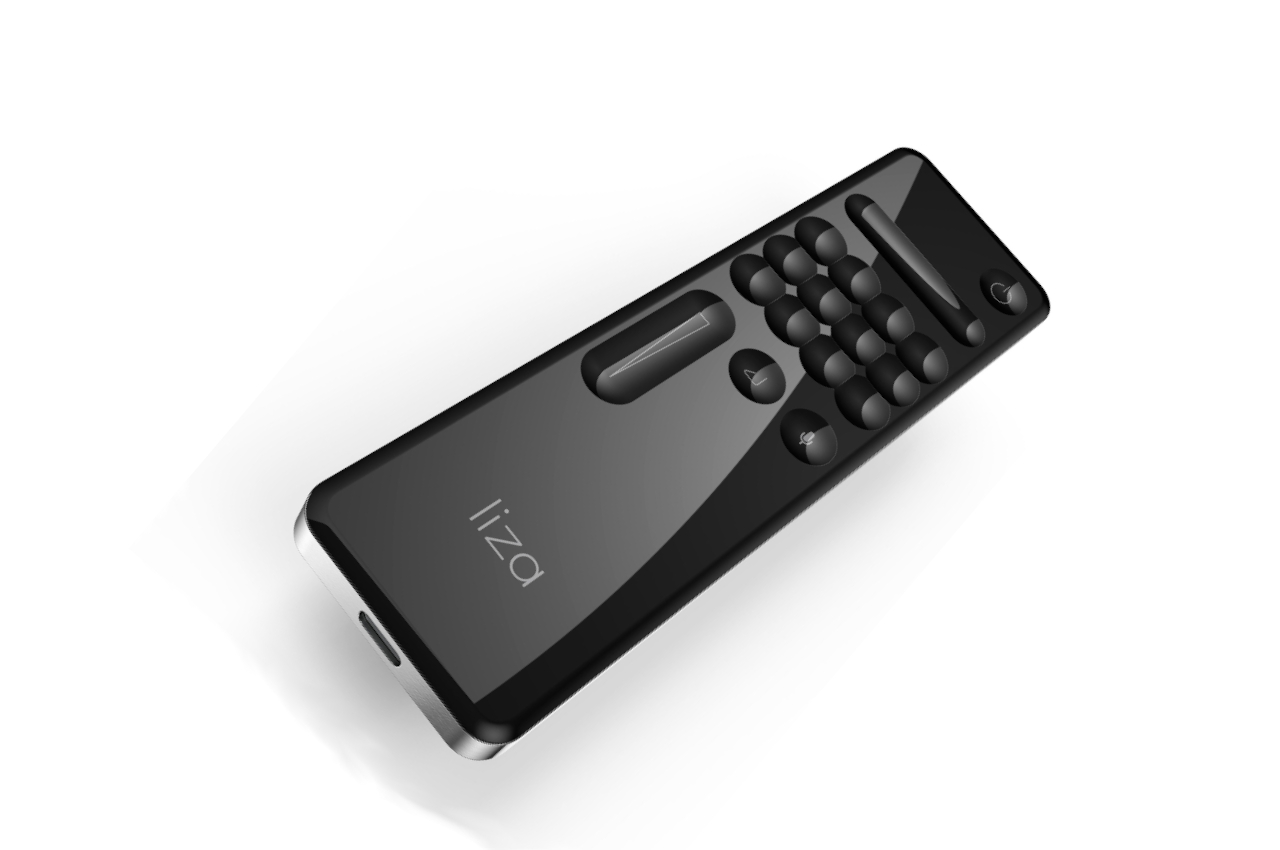
It doesn’t have the dizzying number of buttons as a typical remote, but the Liza easily has three or four times the “buttons” as an Apple TV remote. What’s special about these concave buttons is that they are actually tiny touch screens that provide haptic feedback when pressed. Unlike a phone’s screen, the vibration of each “button” gives better tactile feedback, even if they’re not exactly like a physical button that you can feel when it goes down at each press.
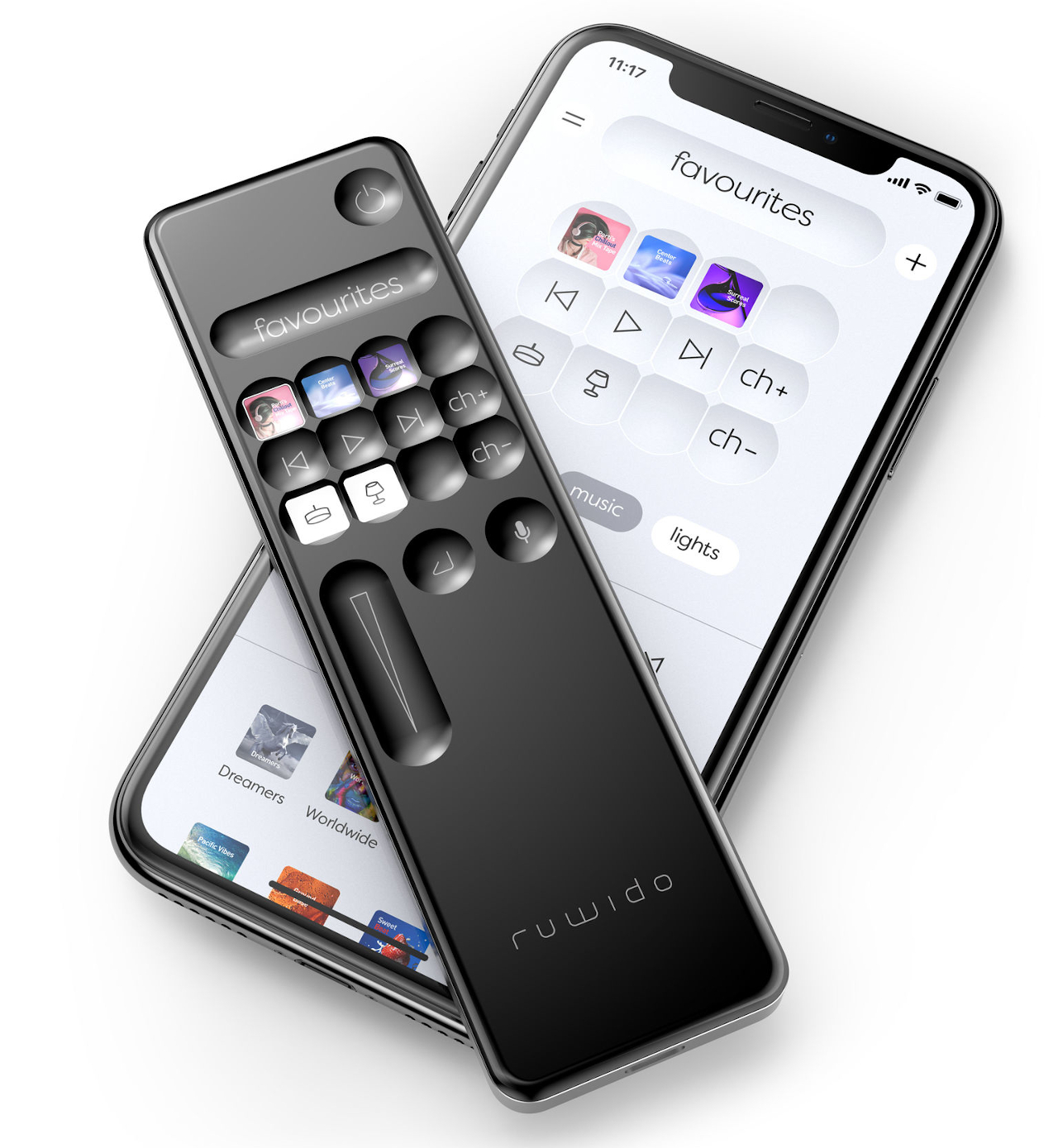
Unlike many programmable remote controls, the Liza does show the icons that you assigned for each button, including cover art for your favorite albums or playlists, for example. This takes away the guesswork when switching between different smart appliances and helps develop the muscle memory that conventional remotes are best known for. All that’s left now is for the Liza to support more smart home products and services beyond Spotify, Sonos, Philips Hue, and some TVs, and it will truly be the one remote you’ll ever need.
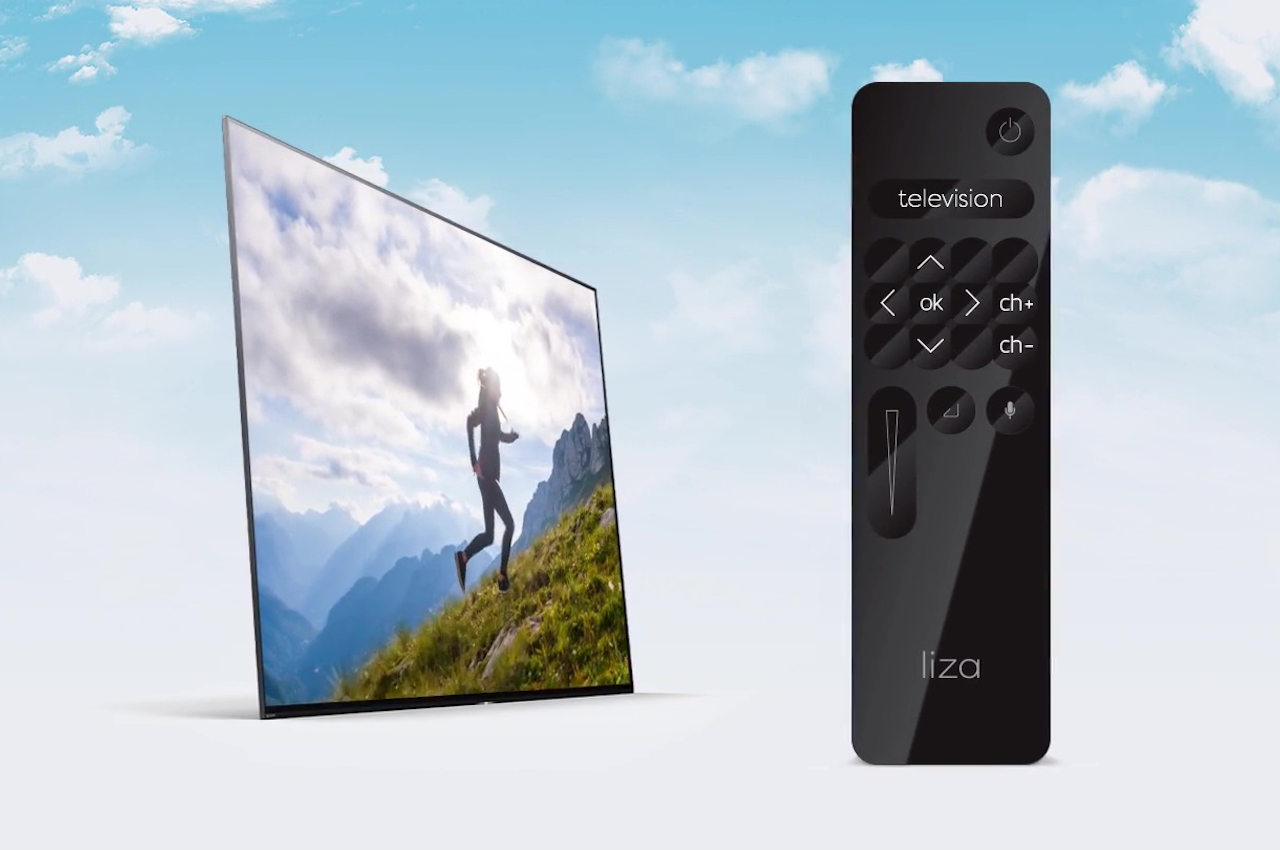
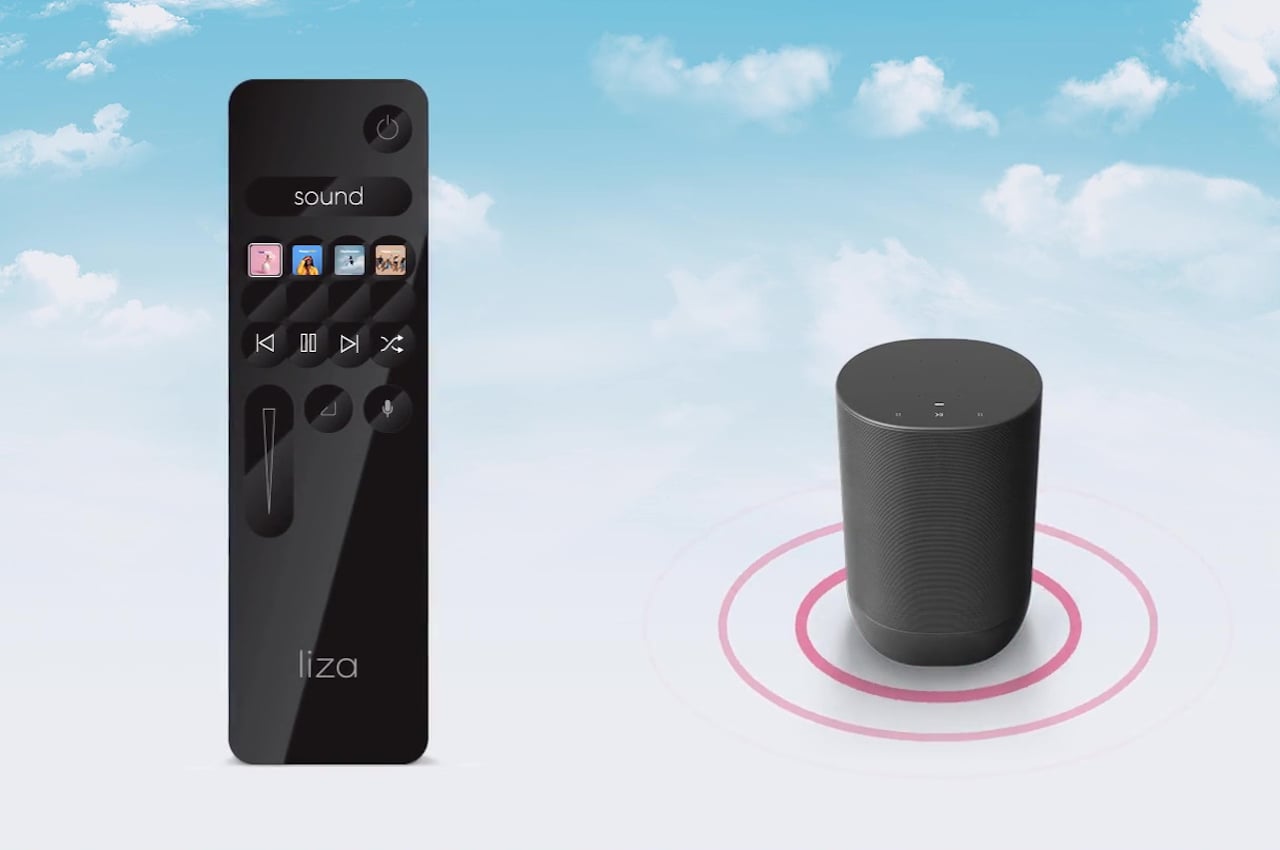
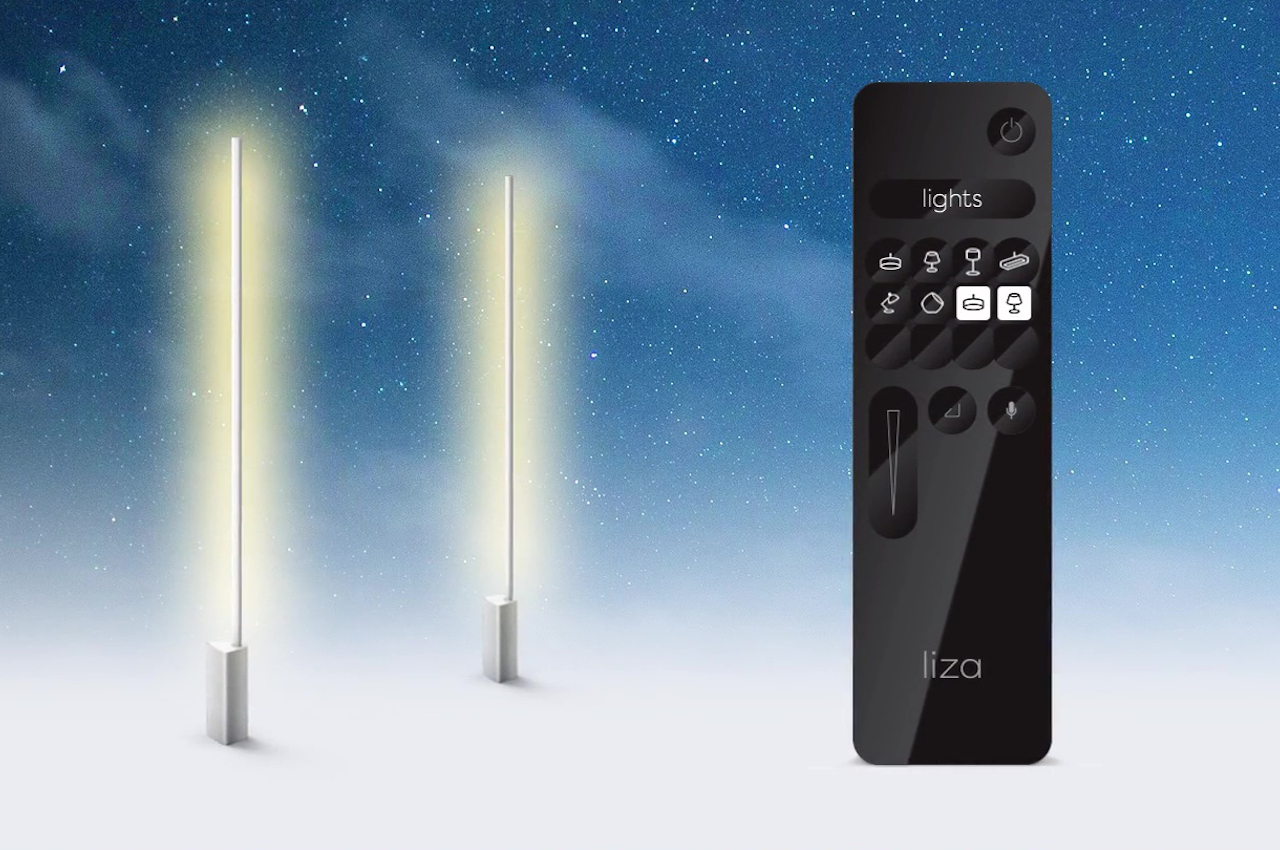
The post This configurable remote control is the one remote to rule them all that your fingers might love first appeared on Yanko Design.
